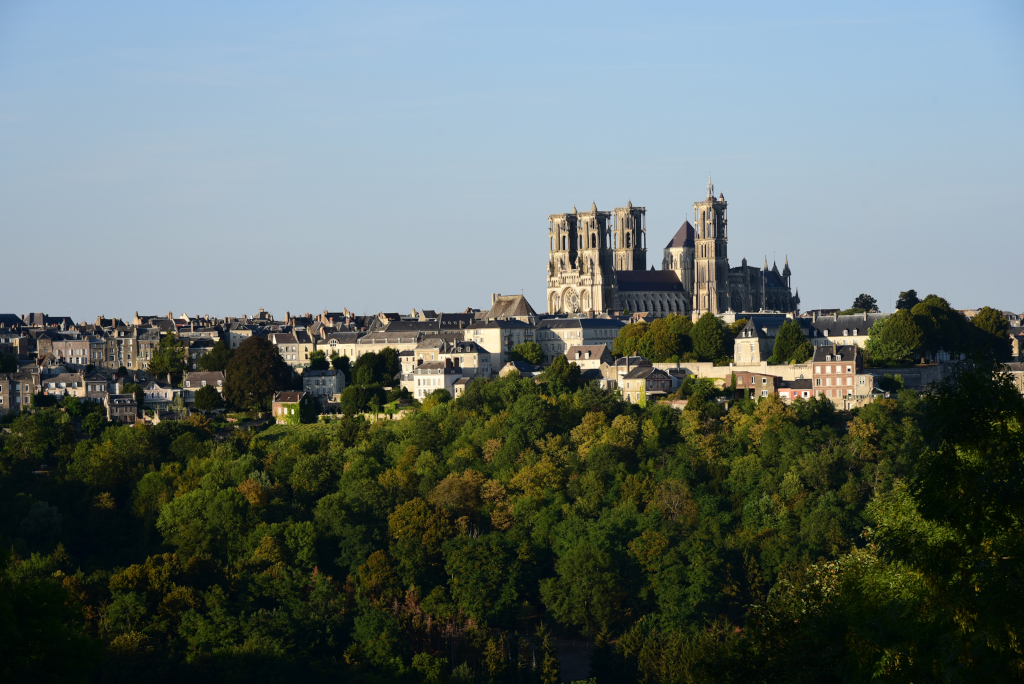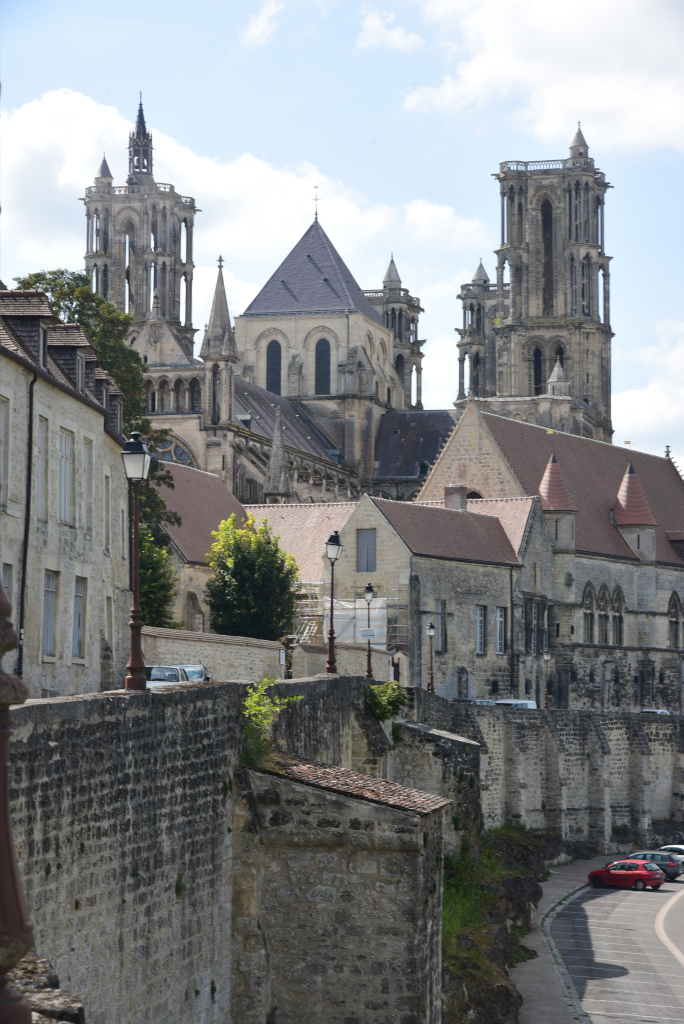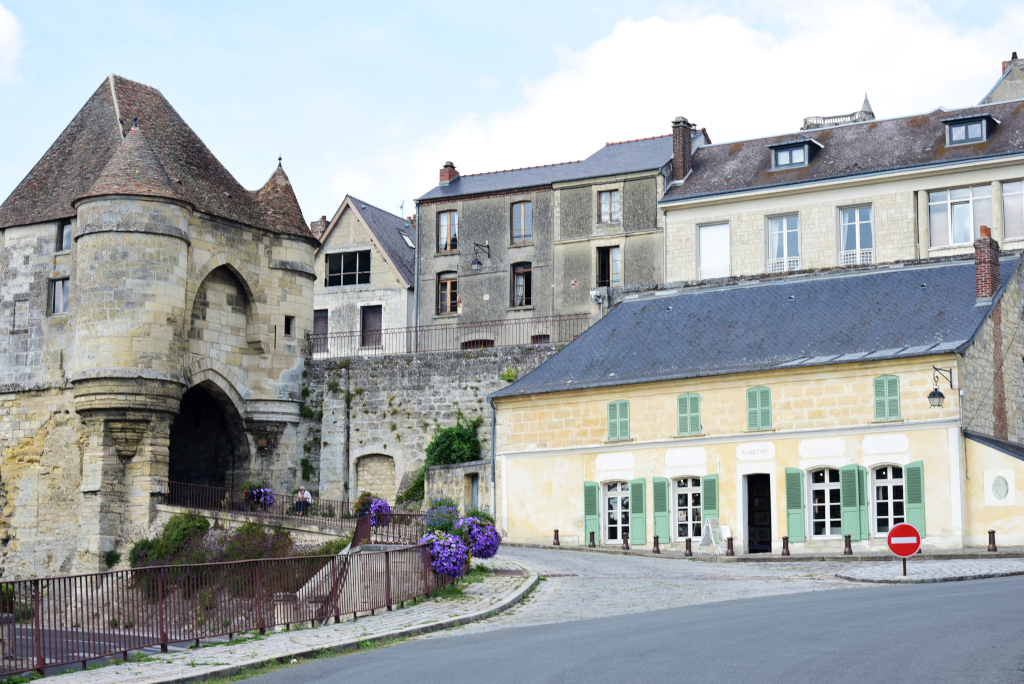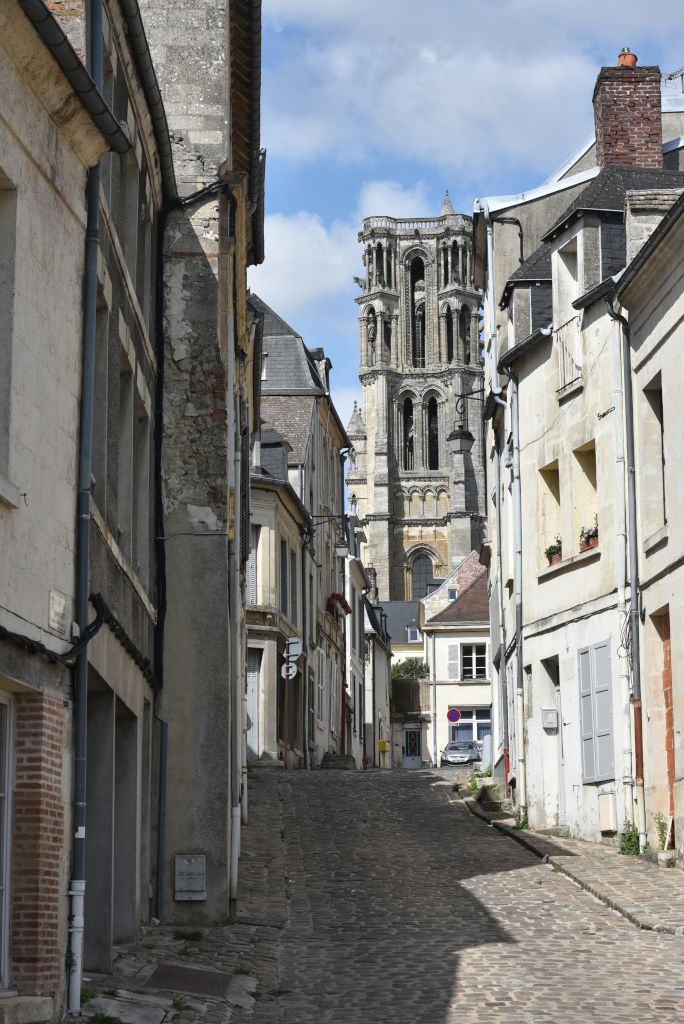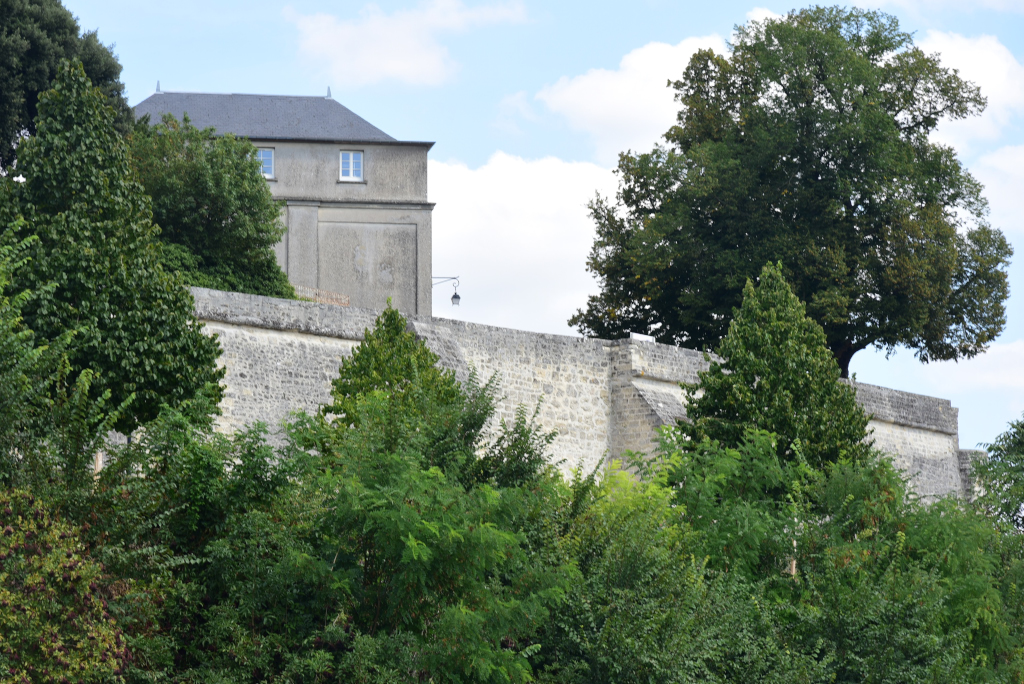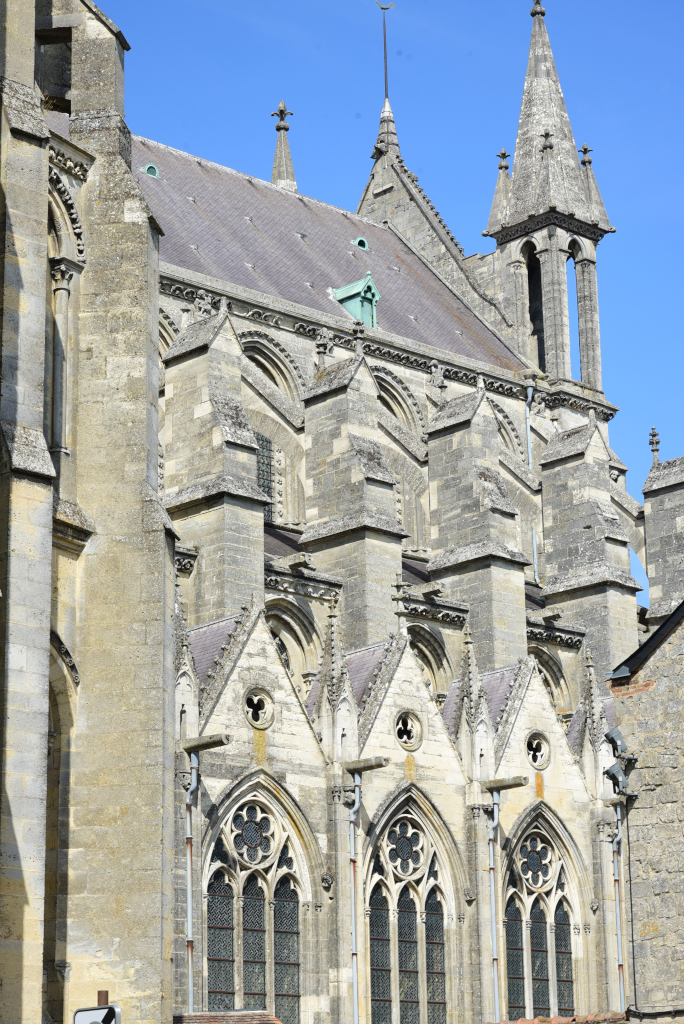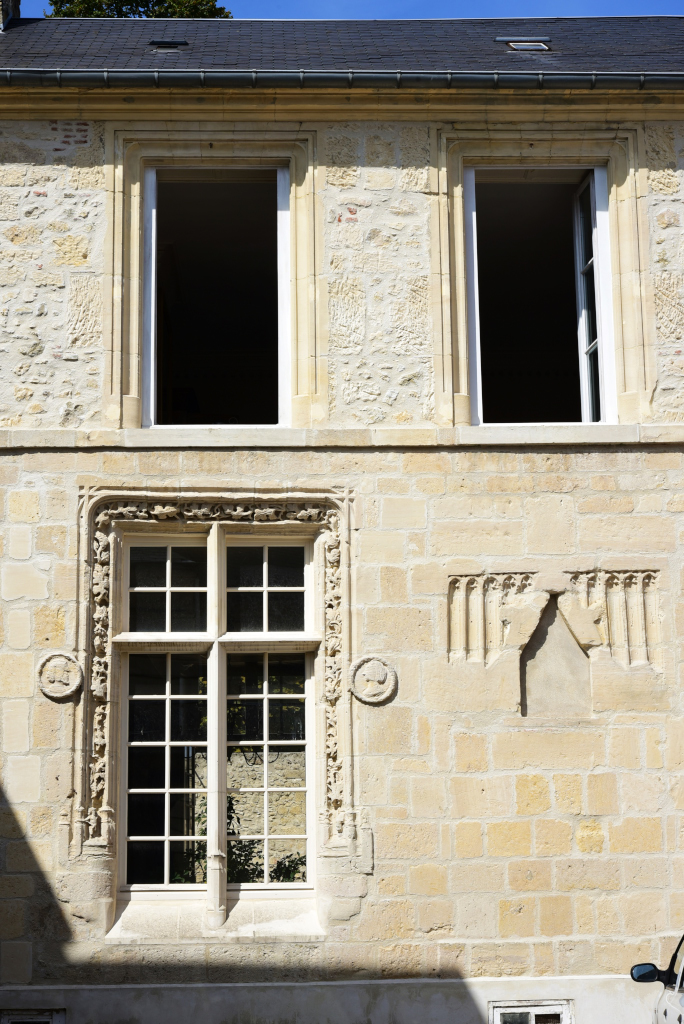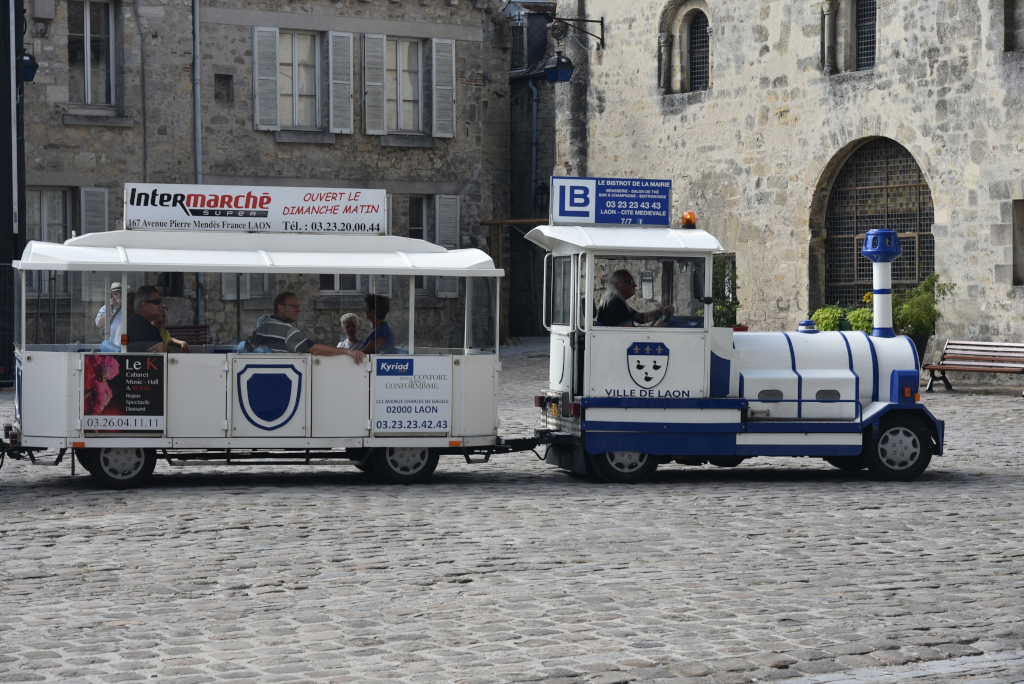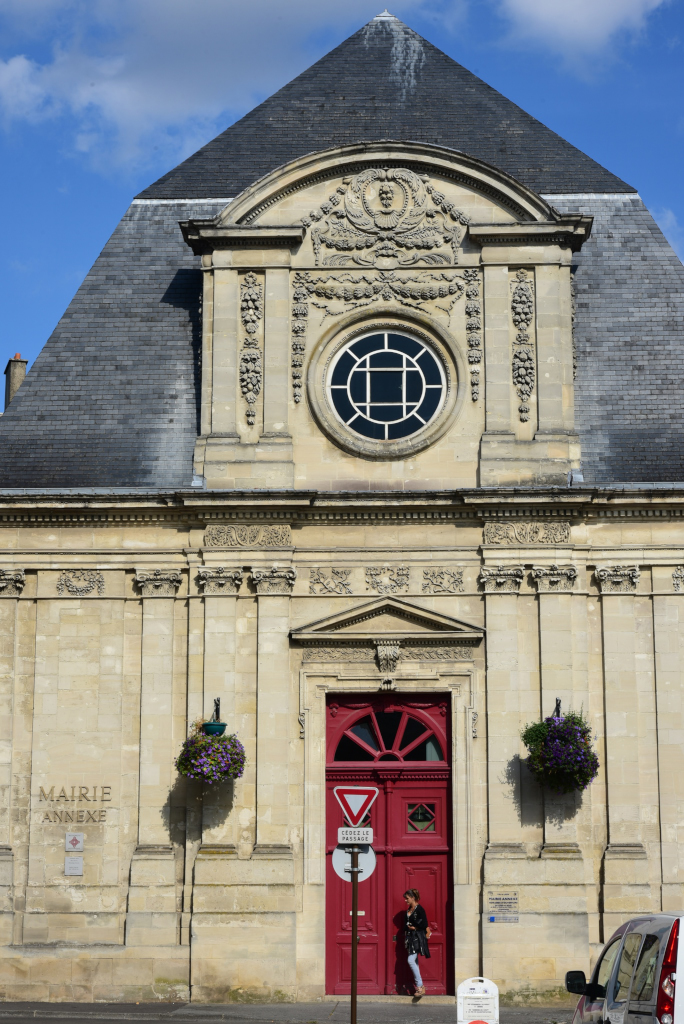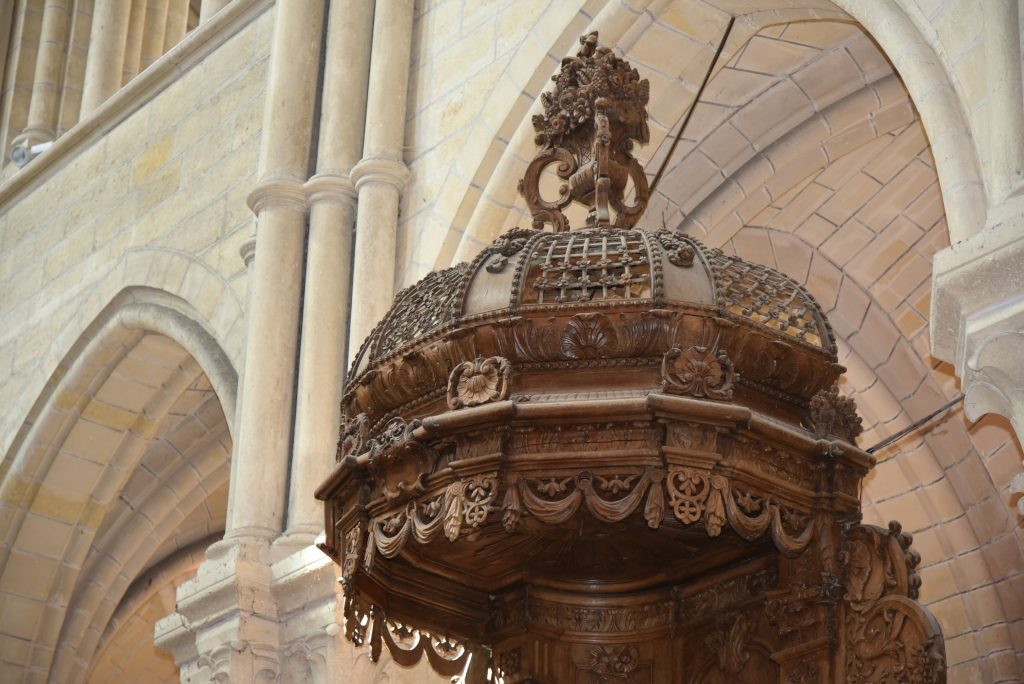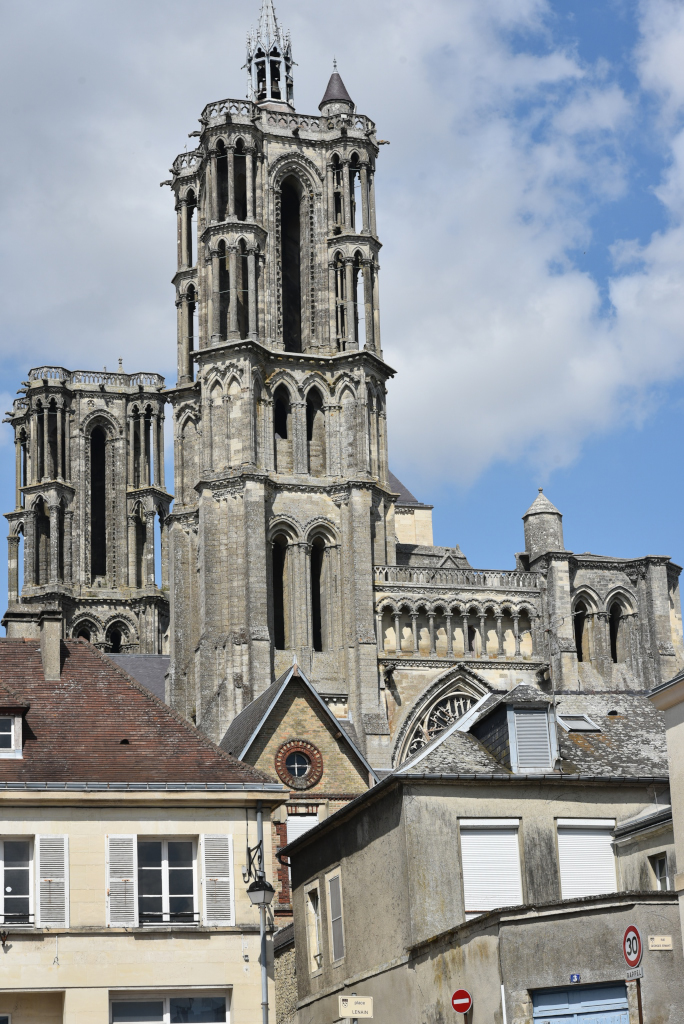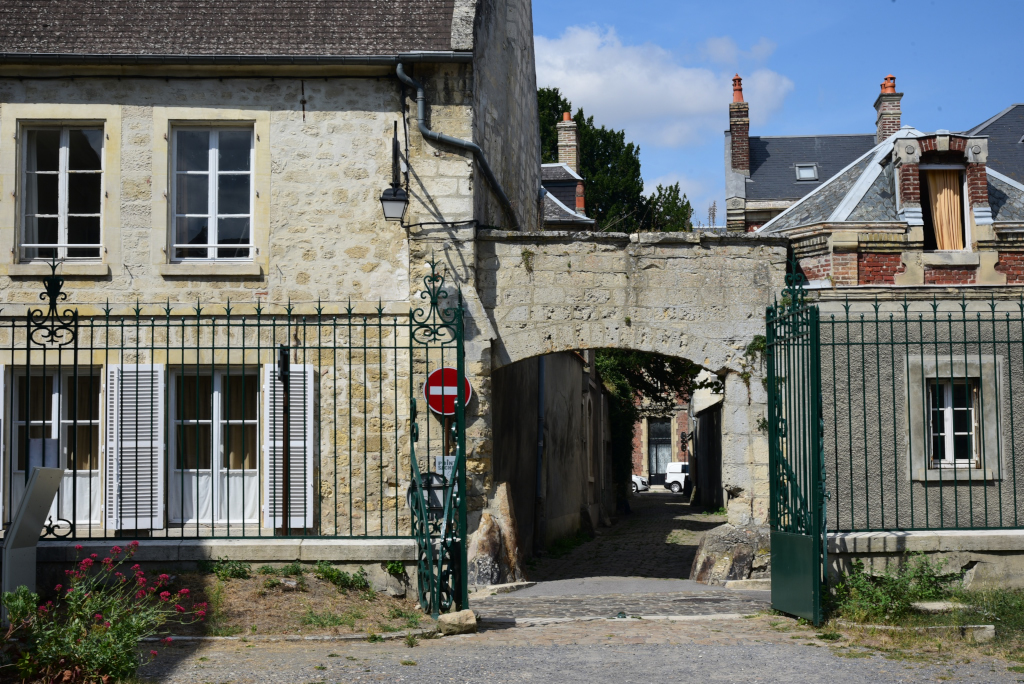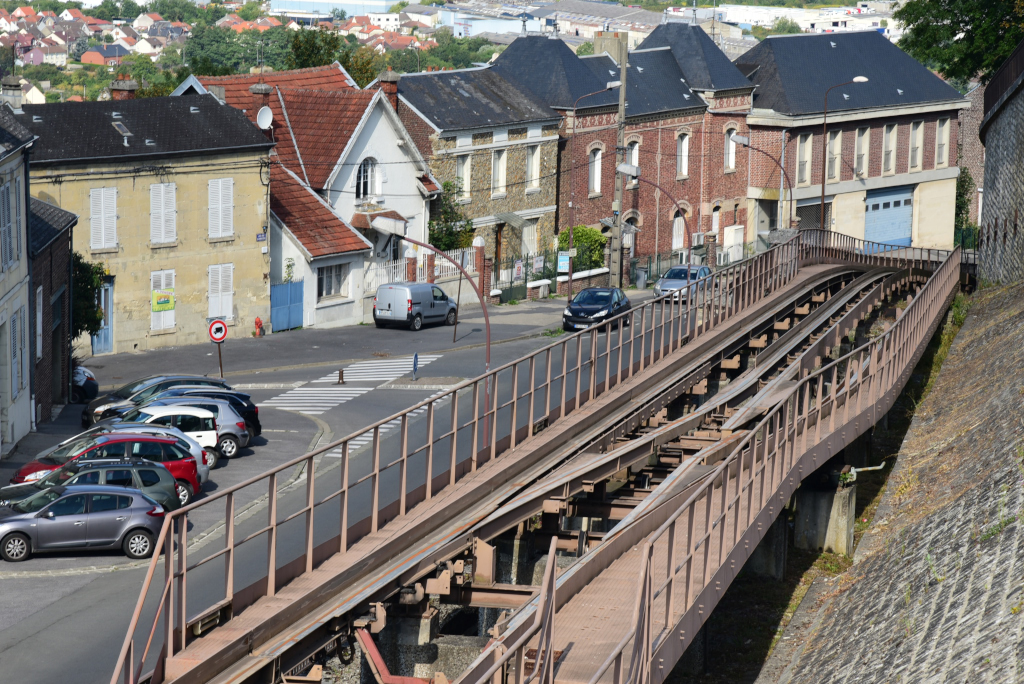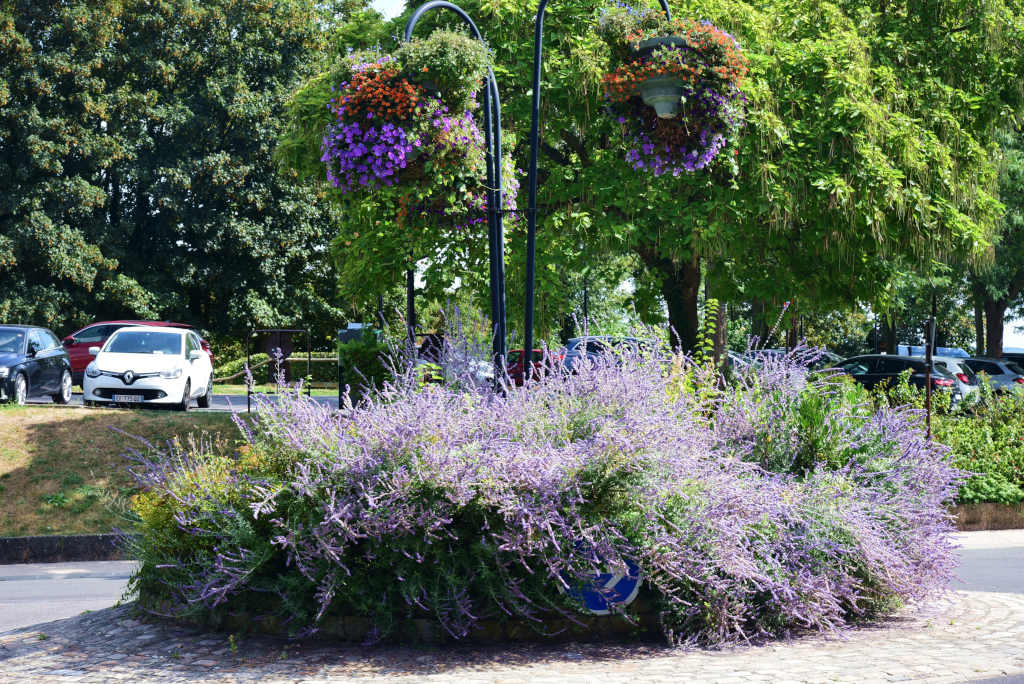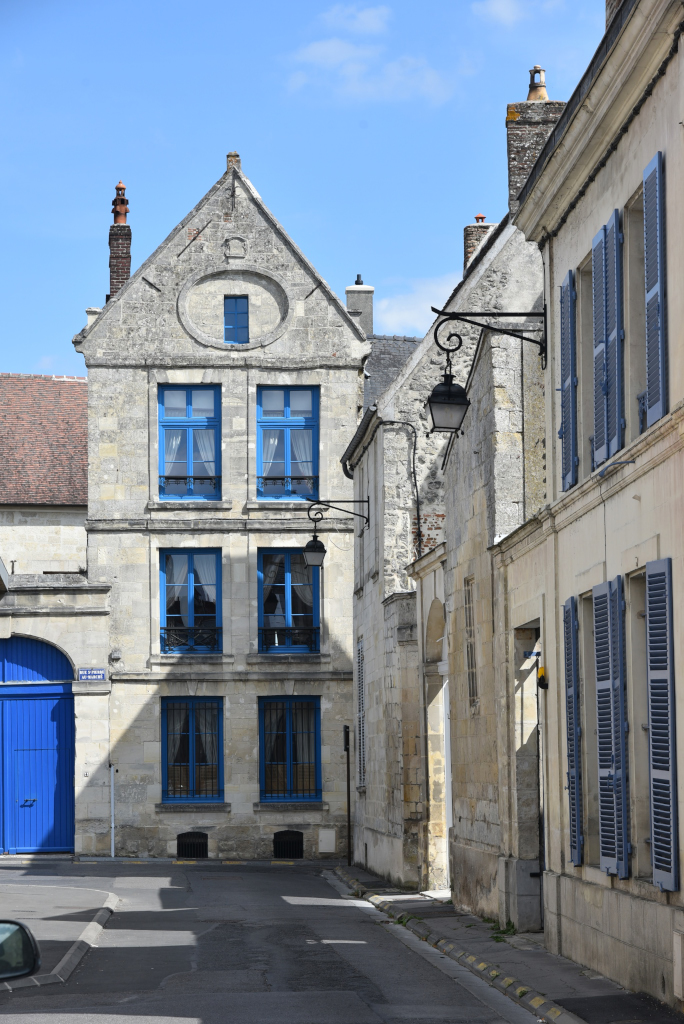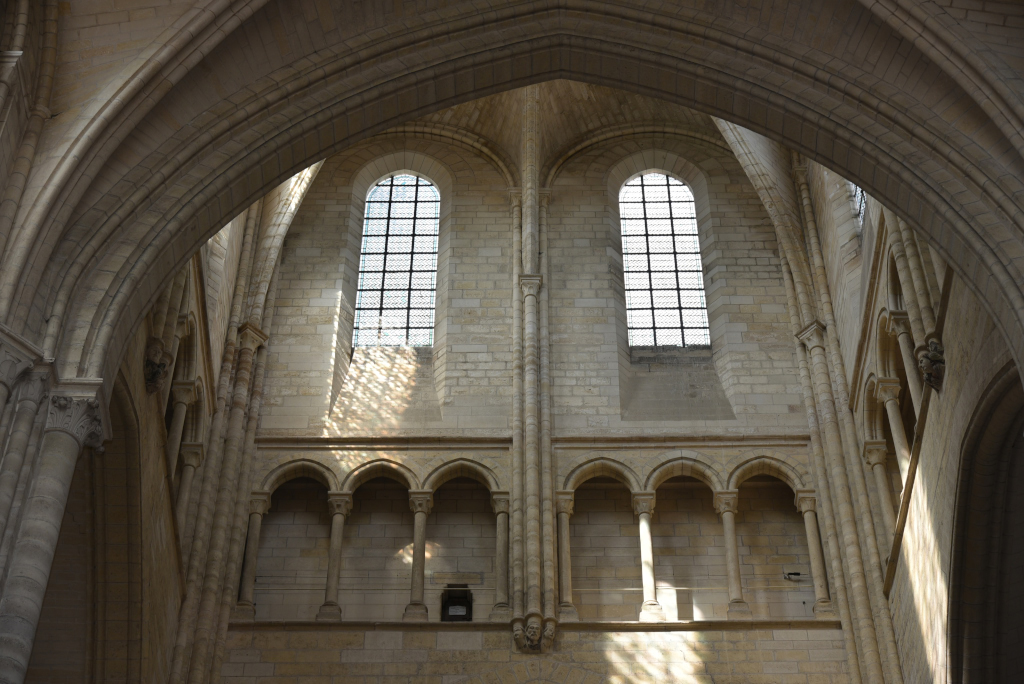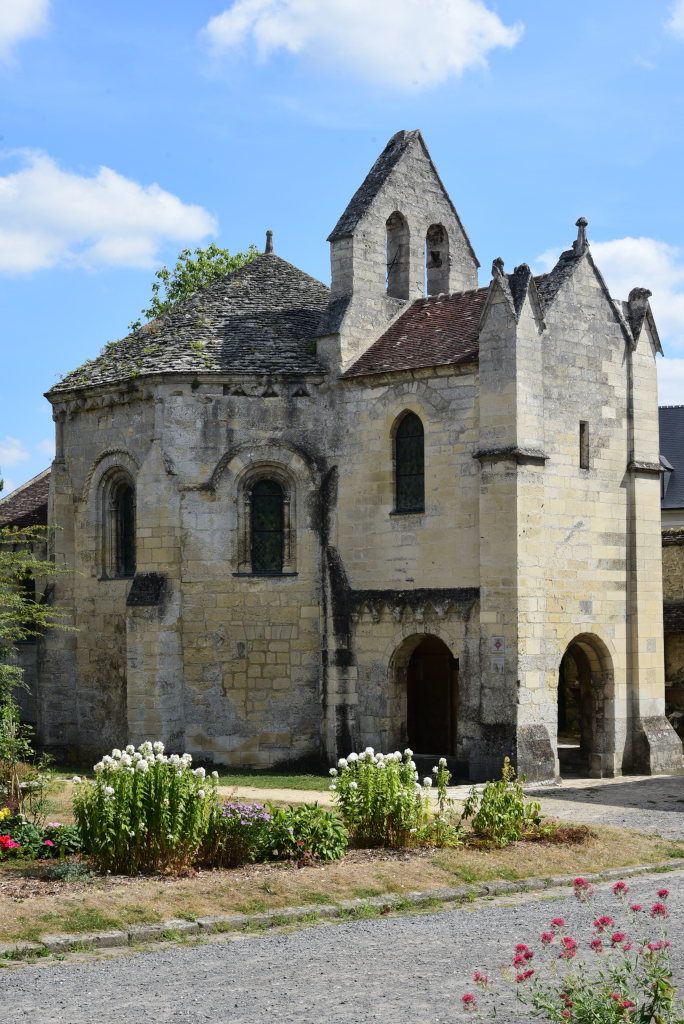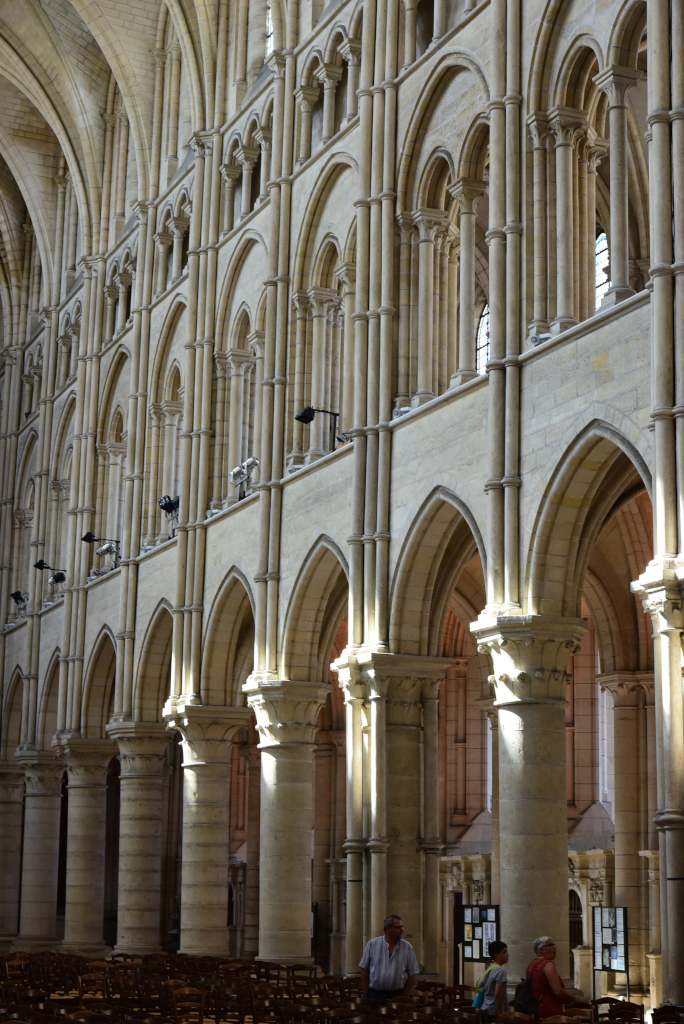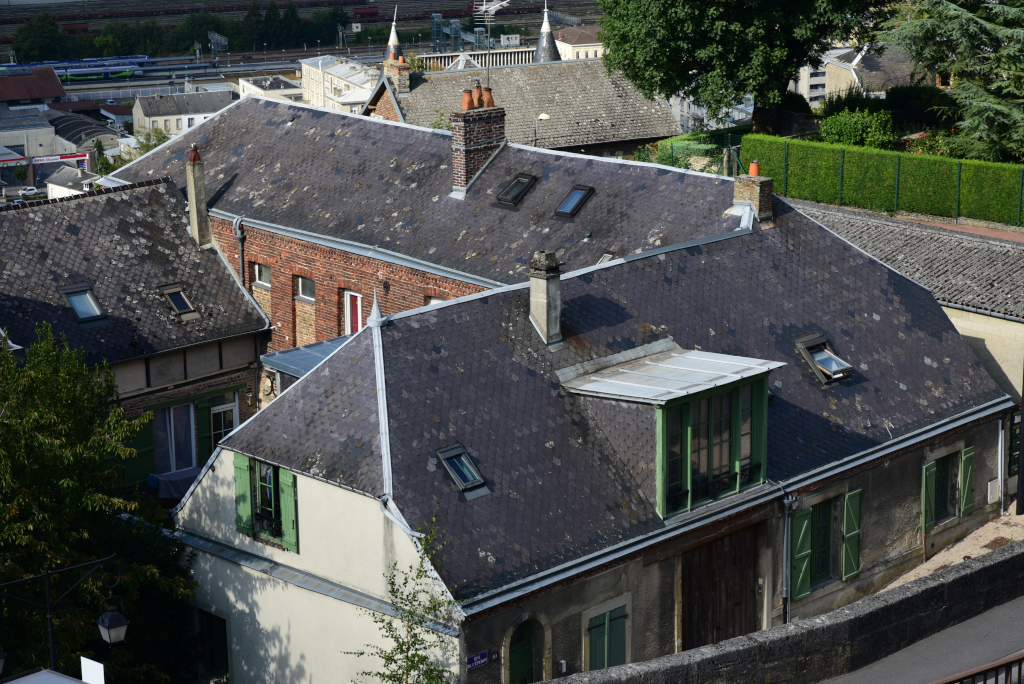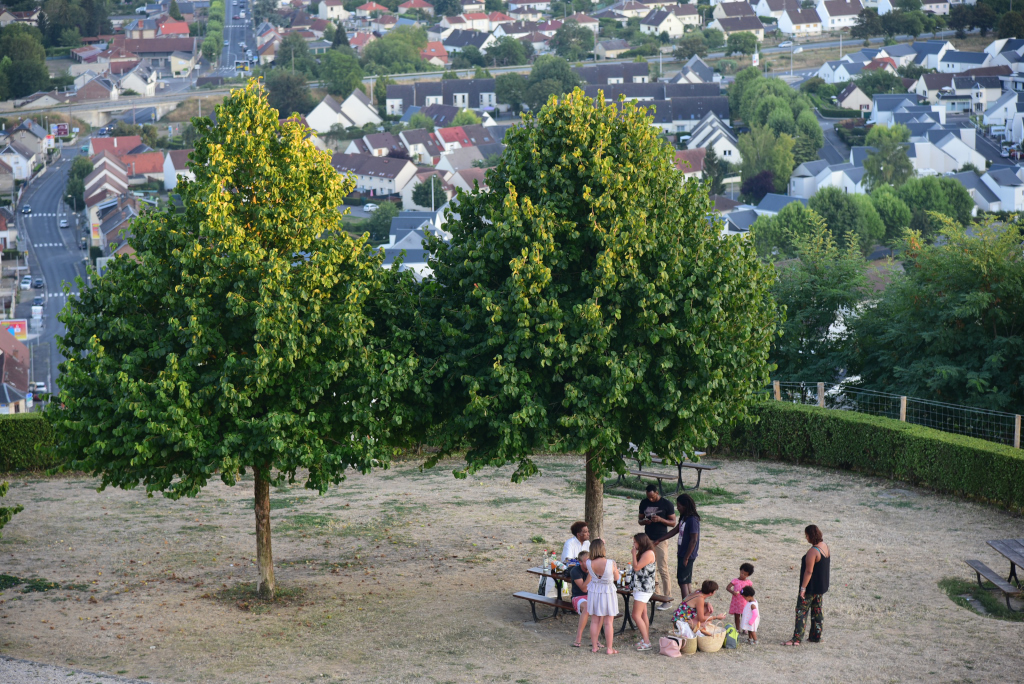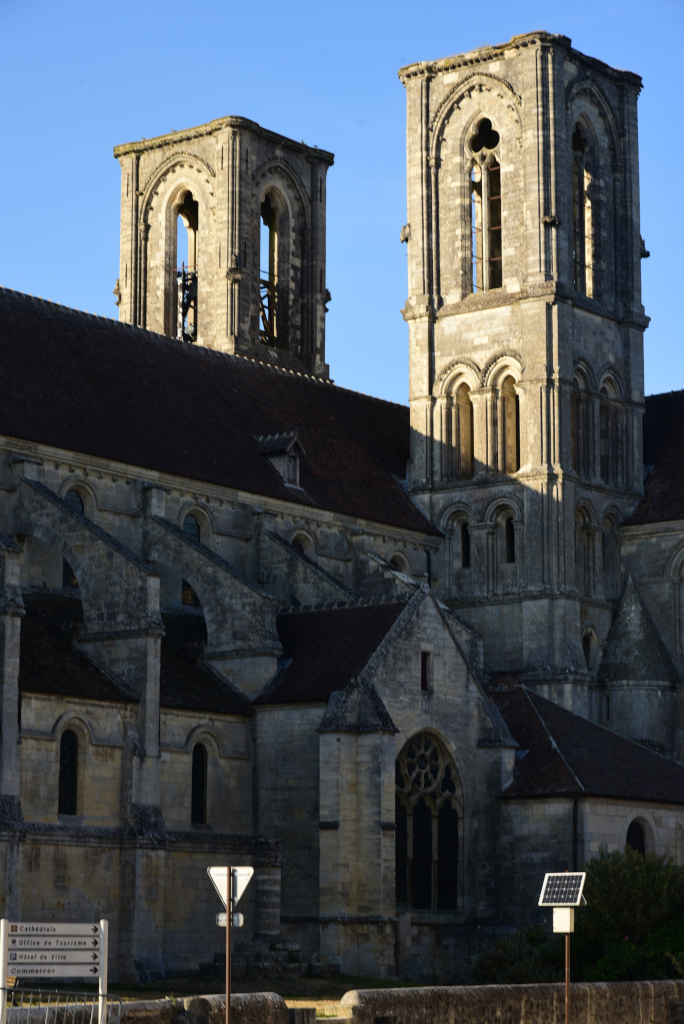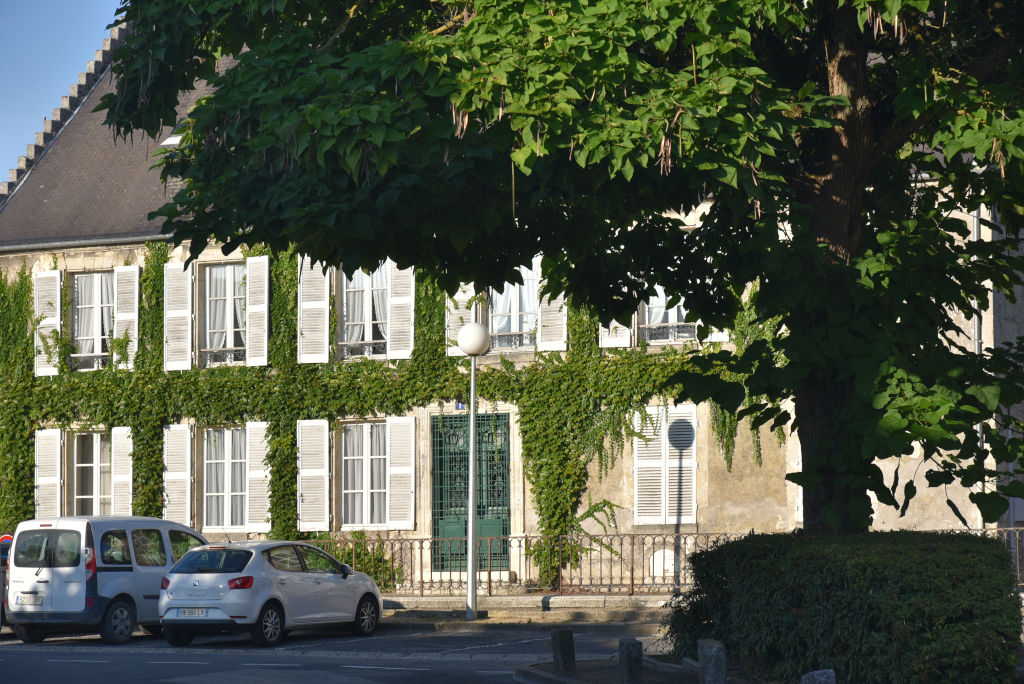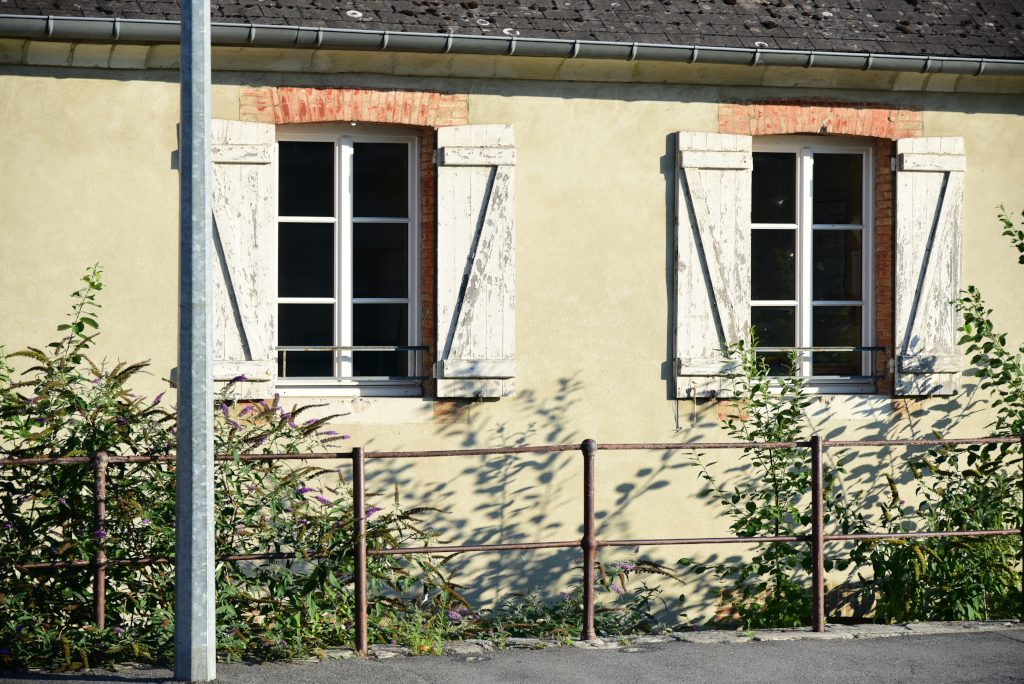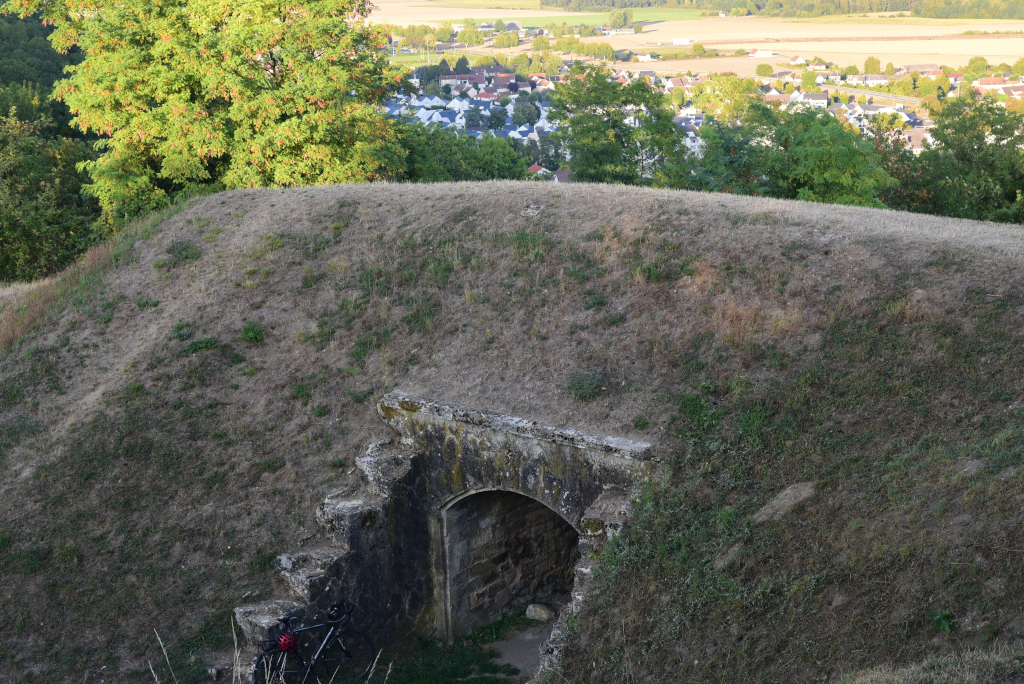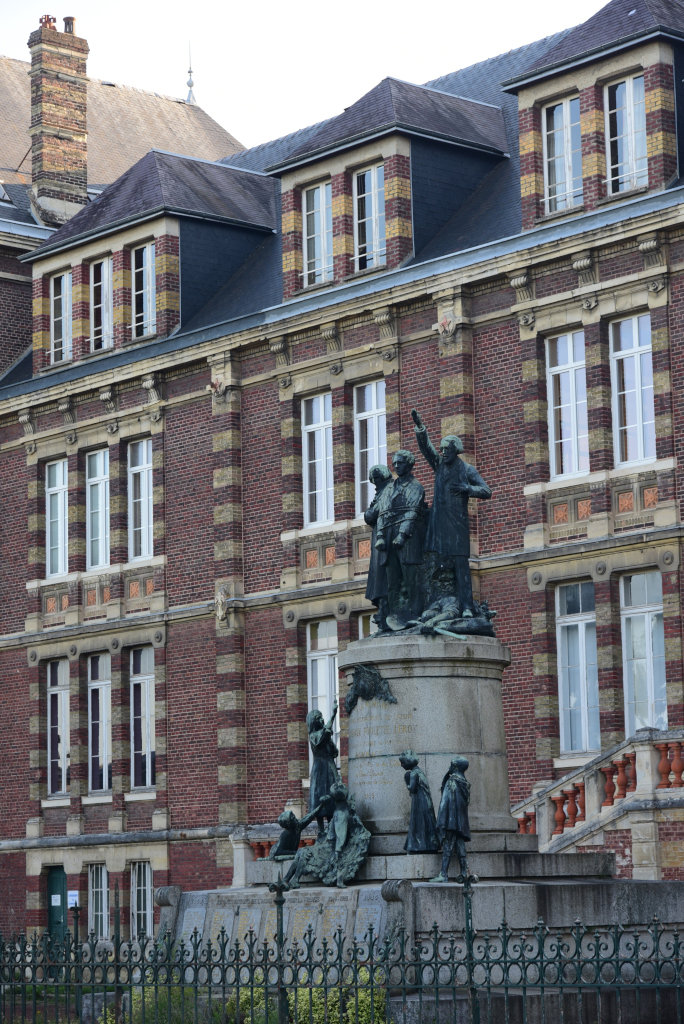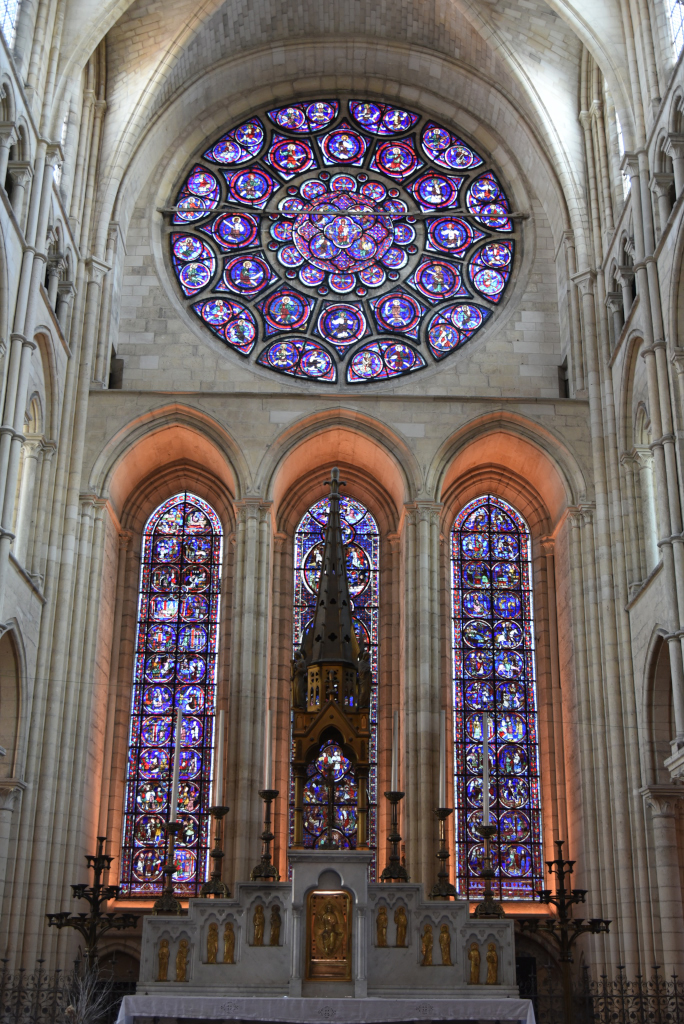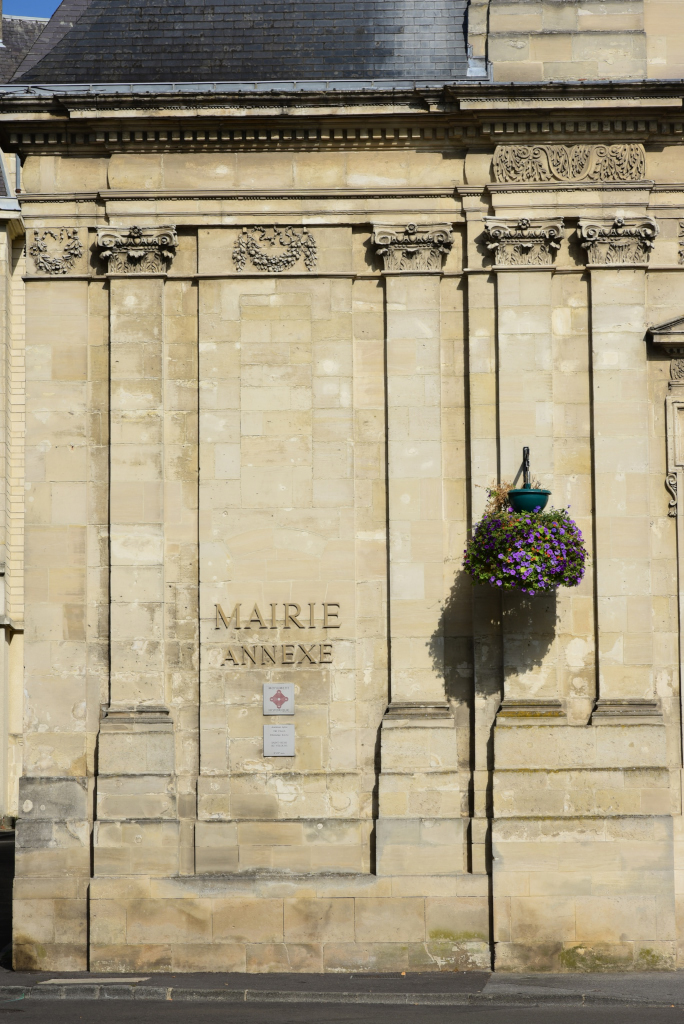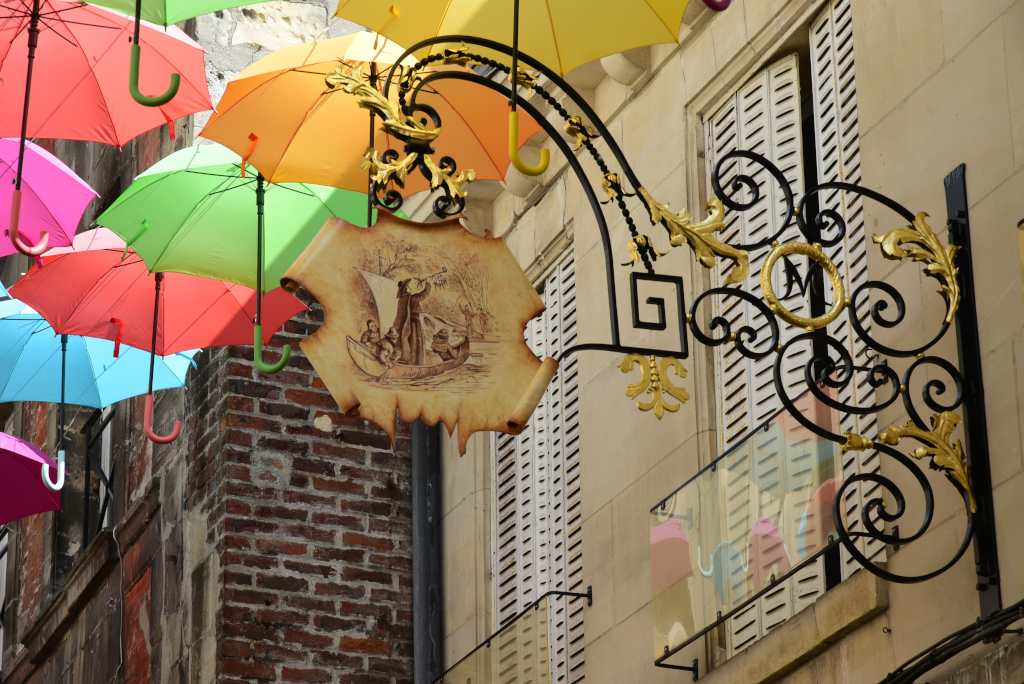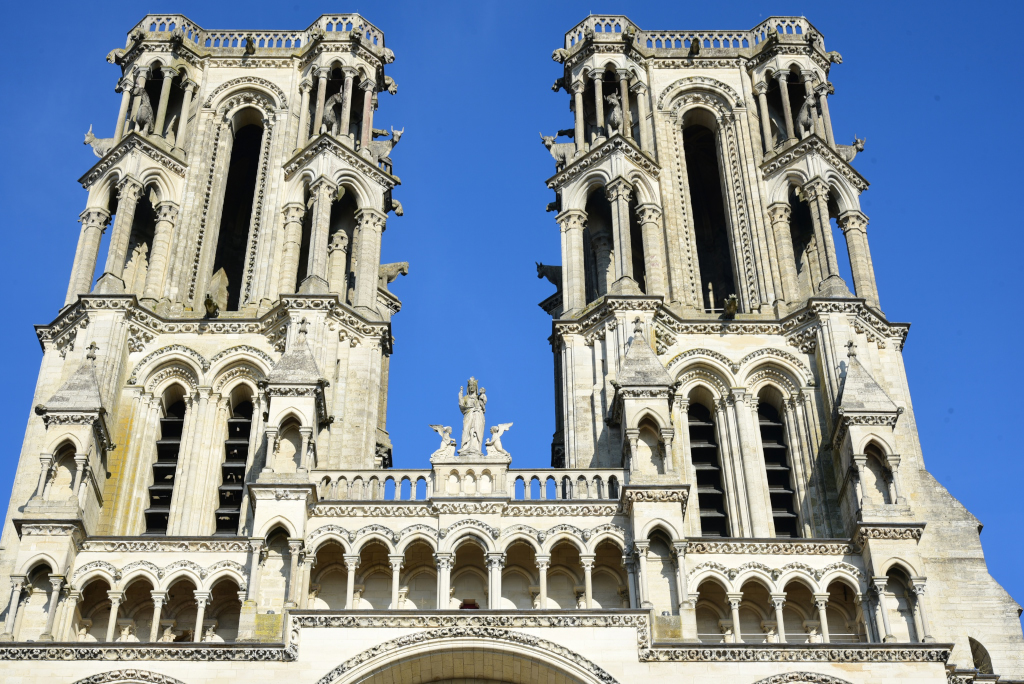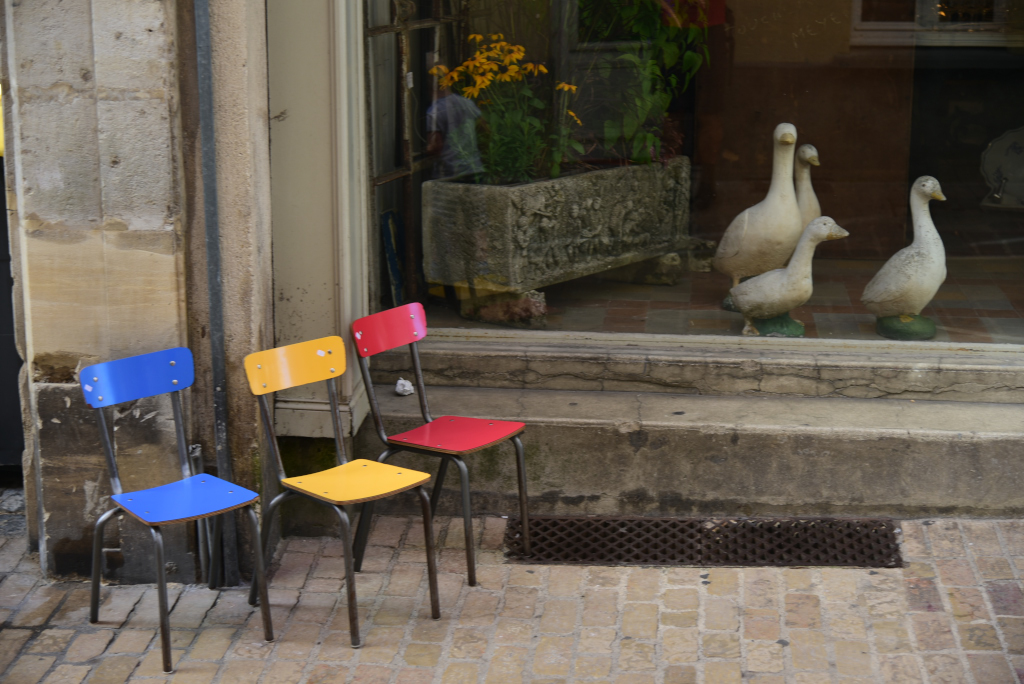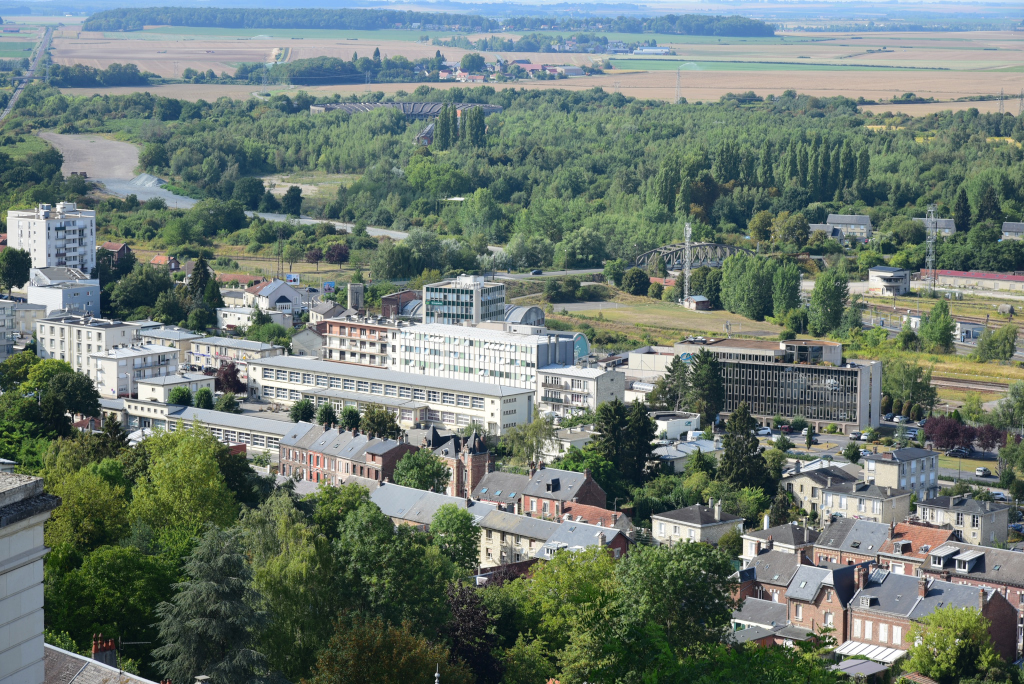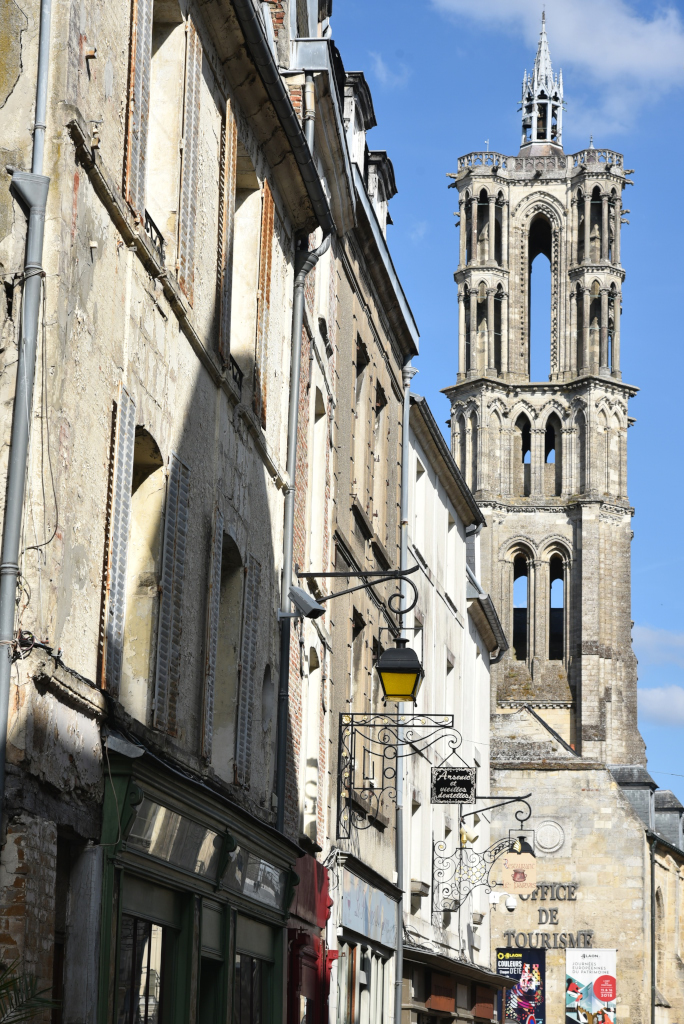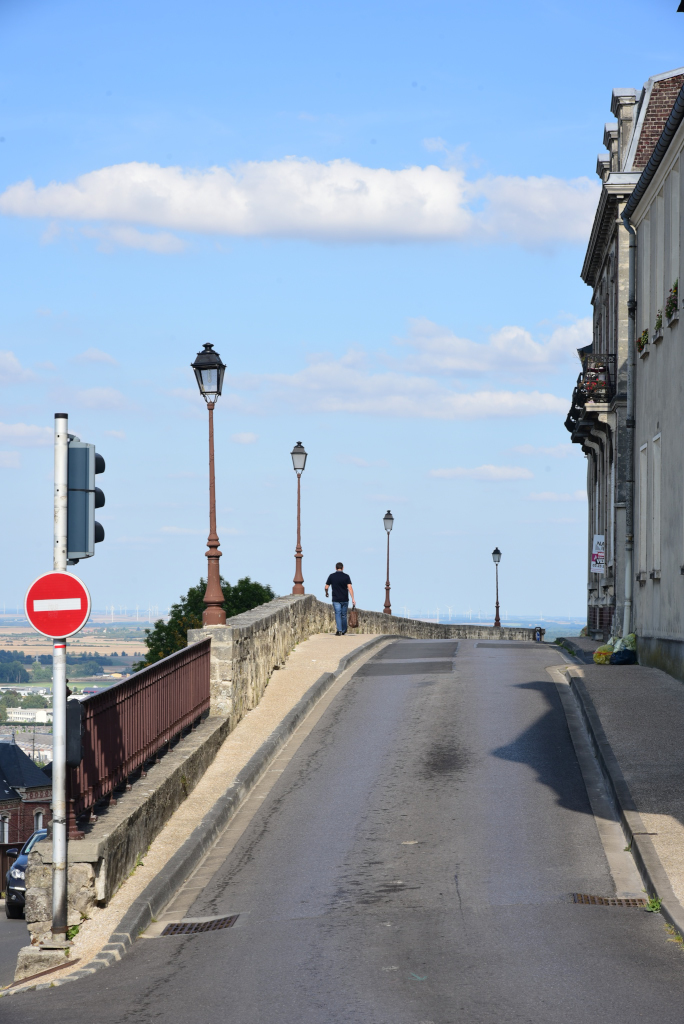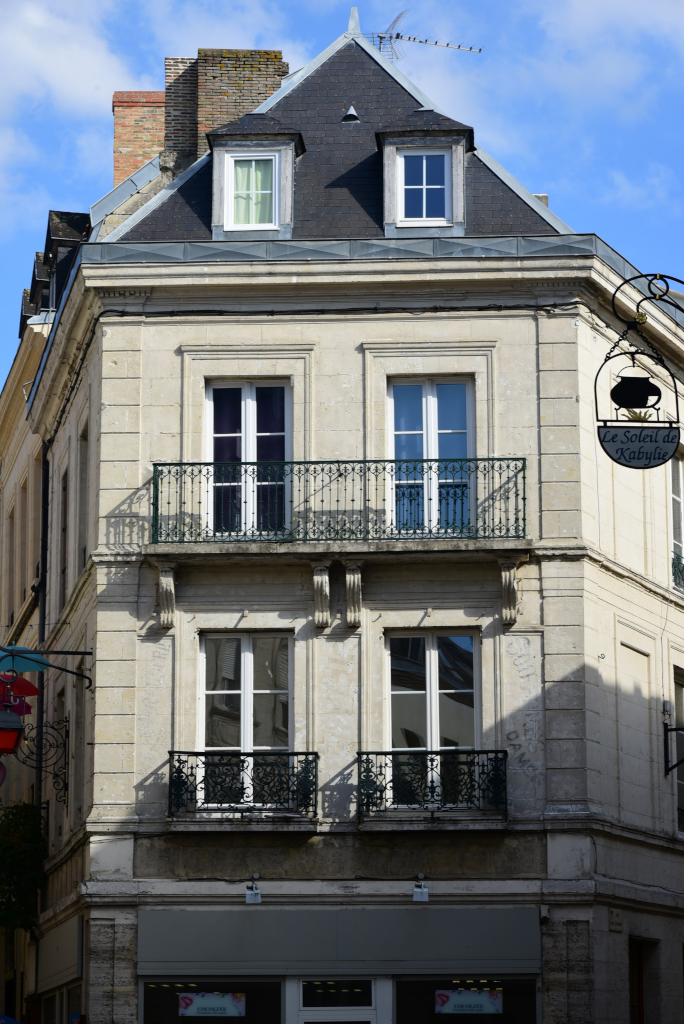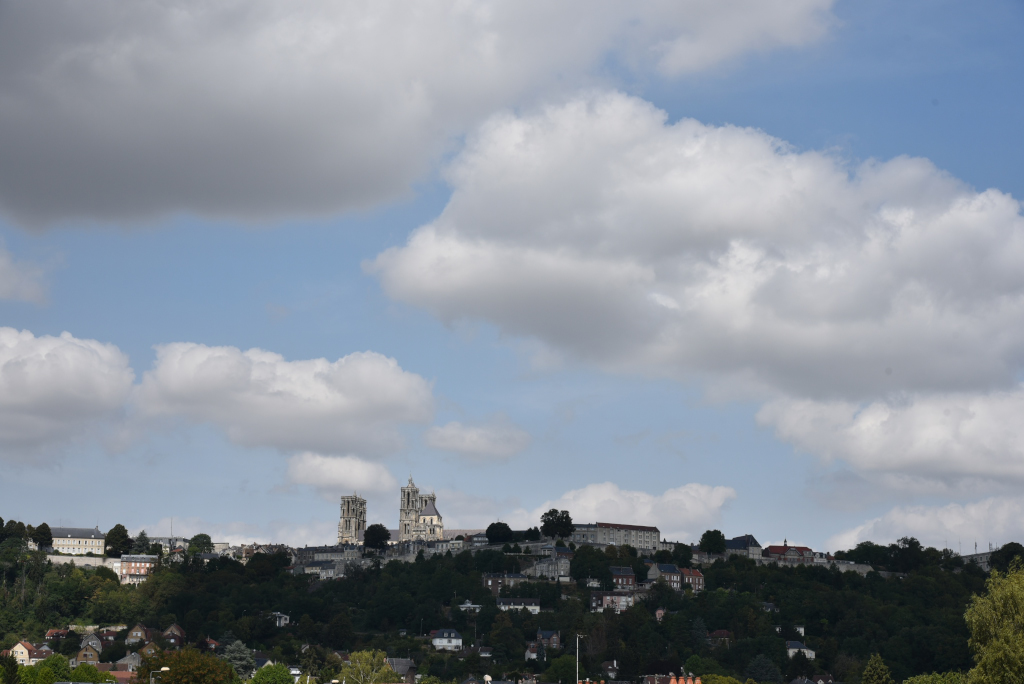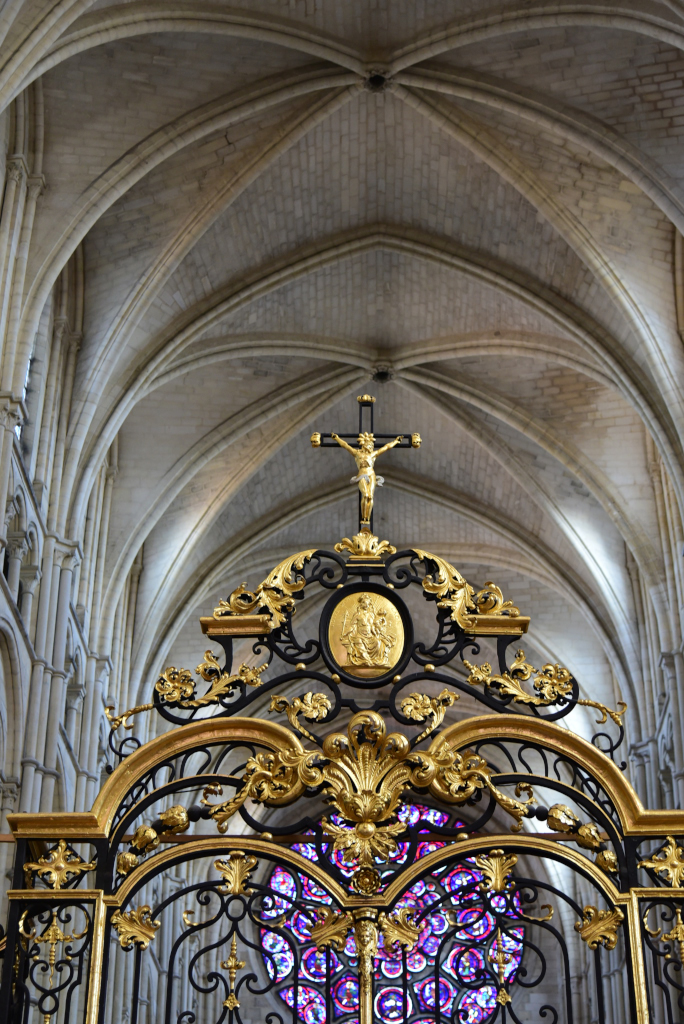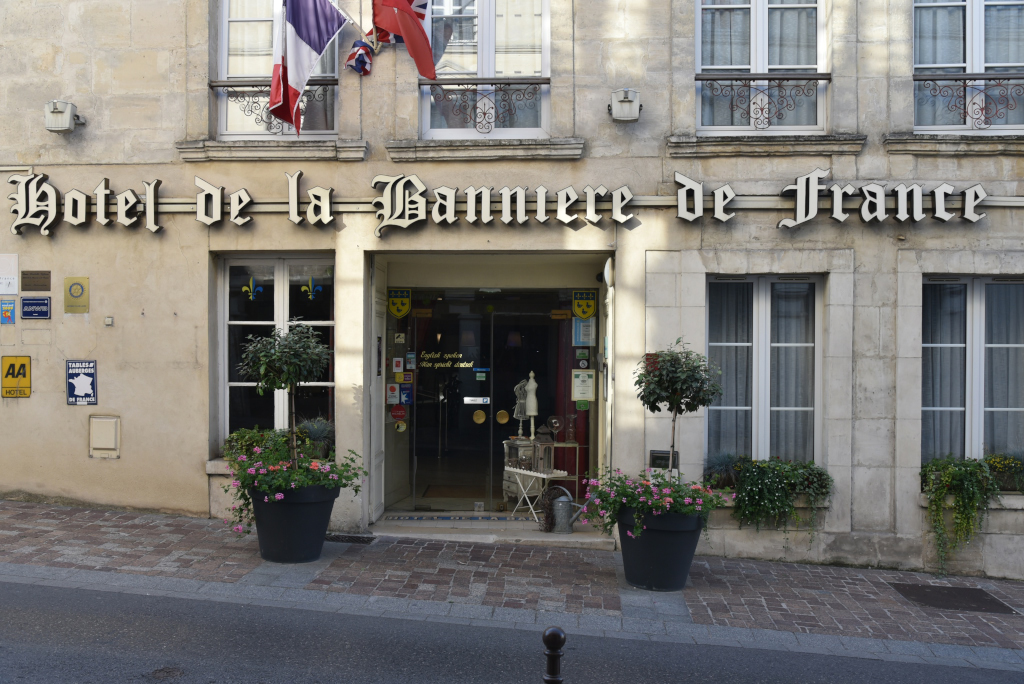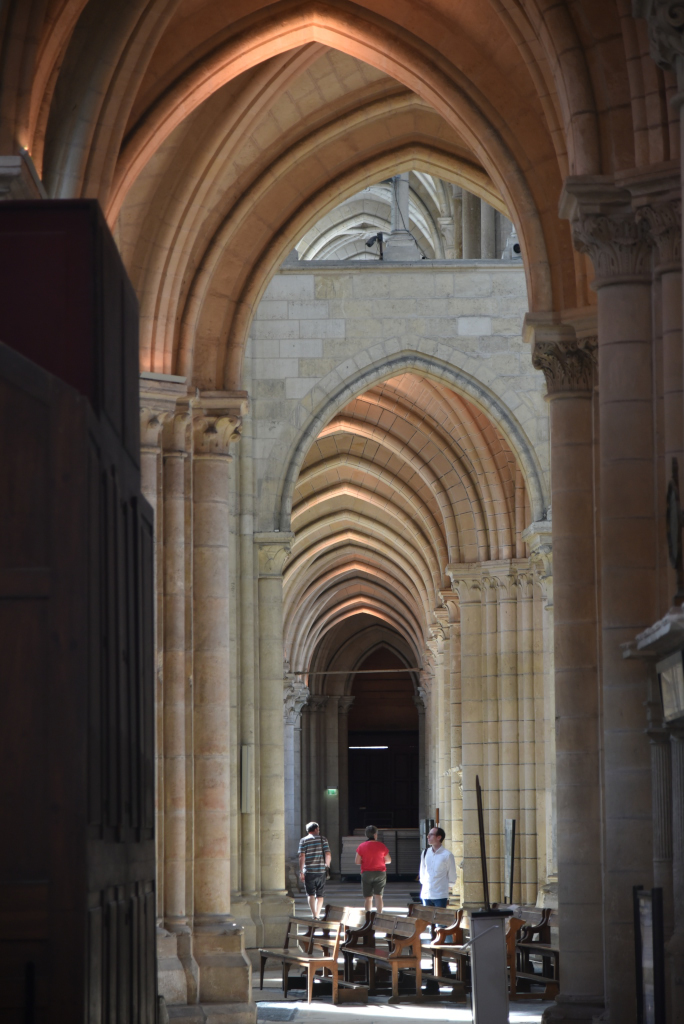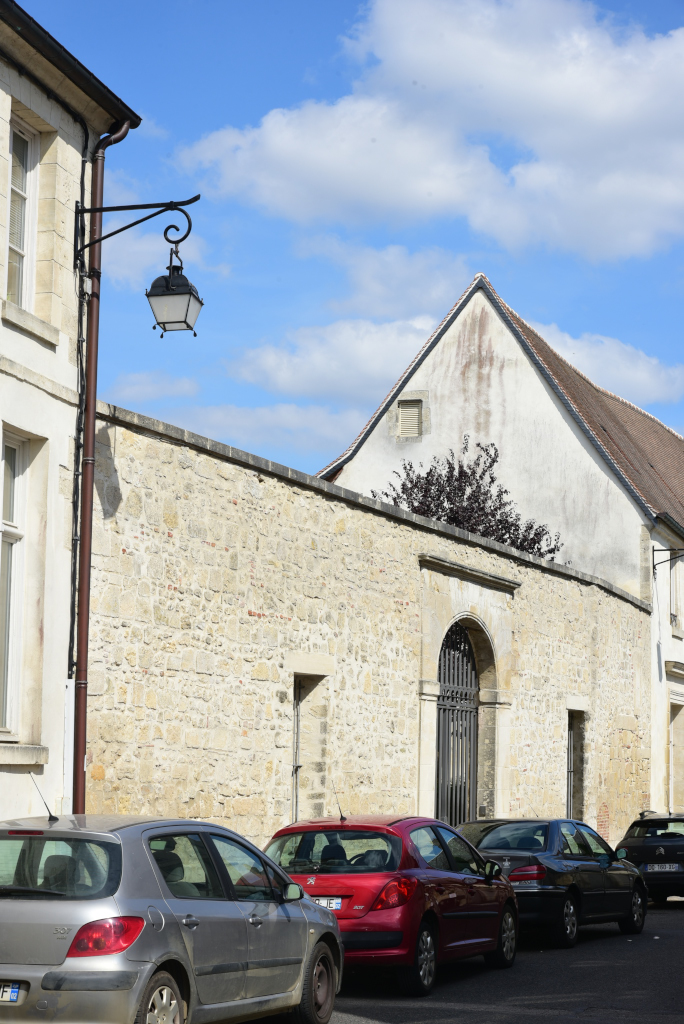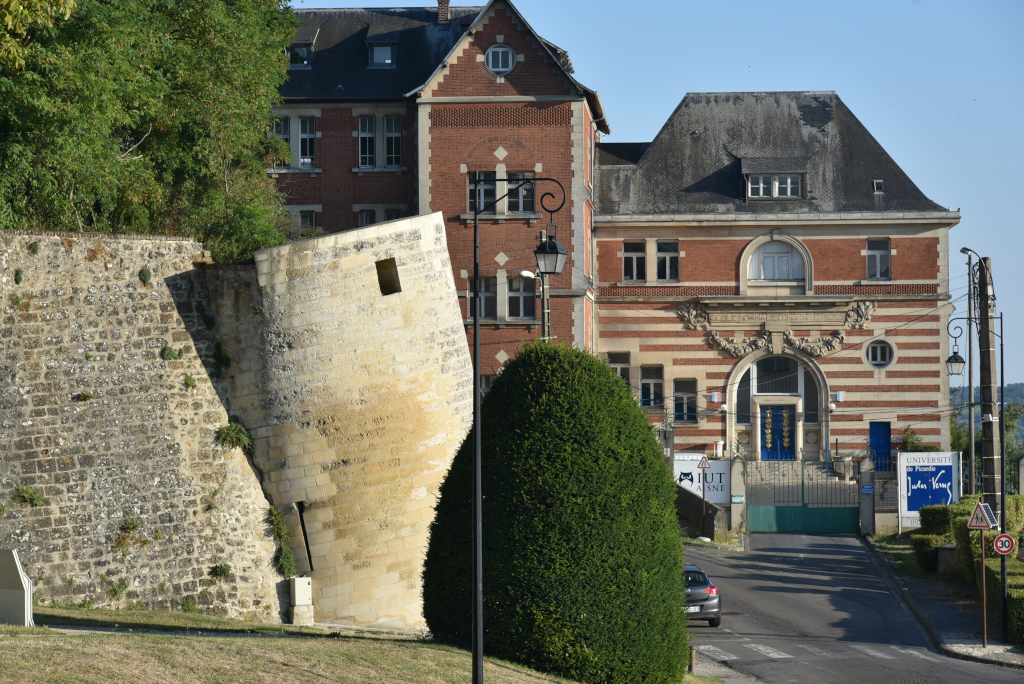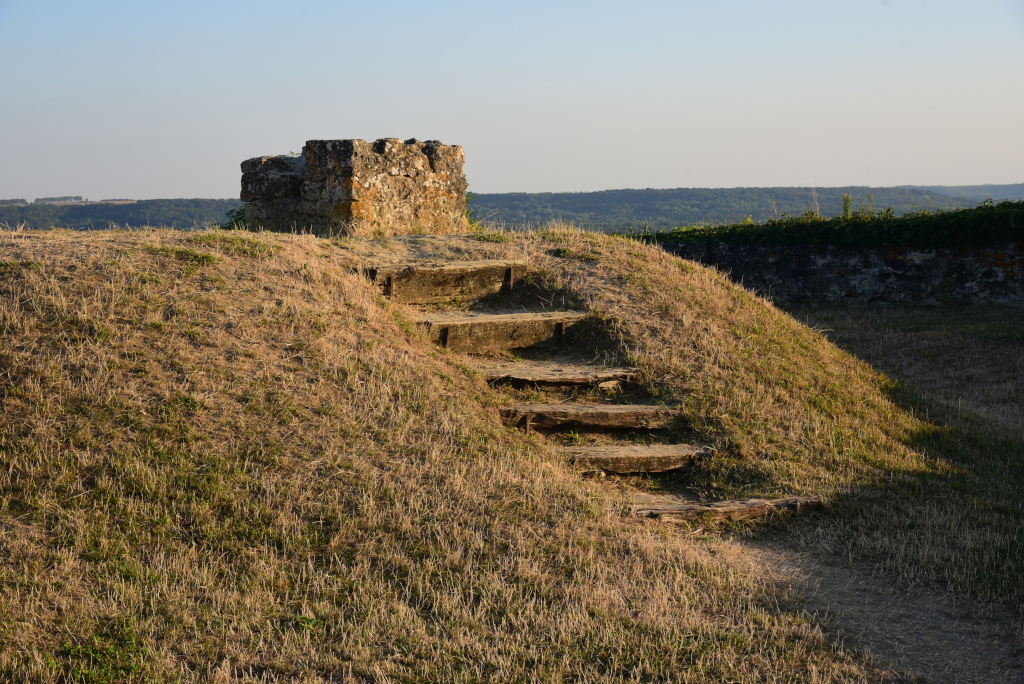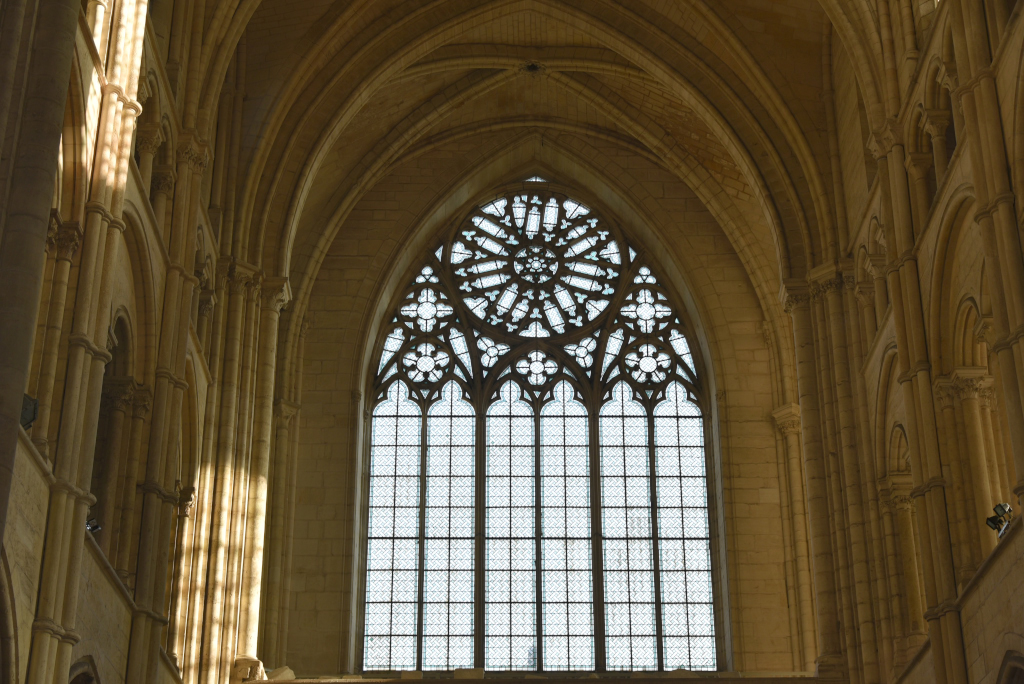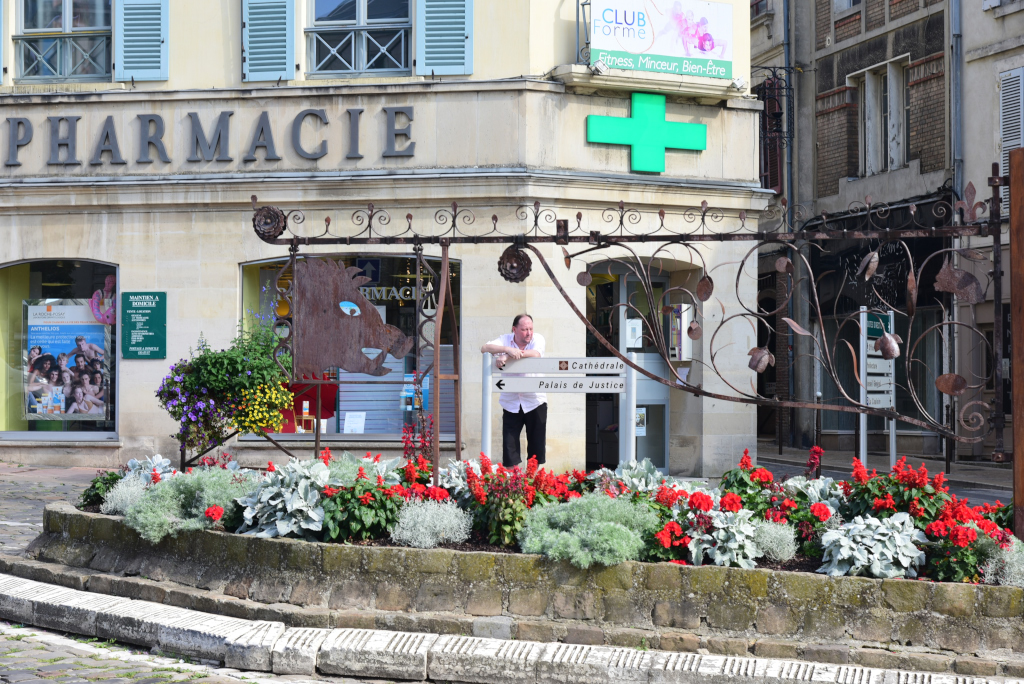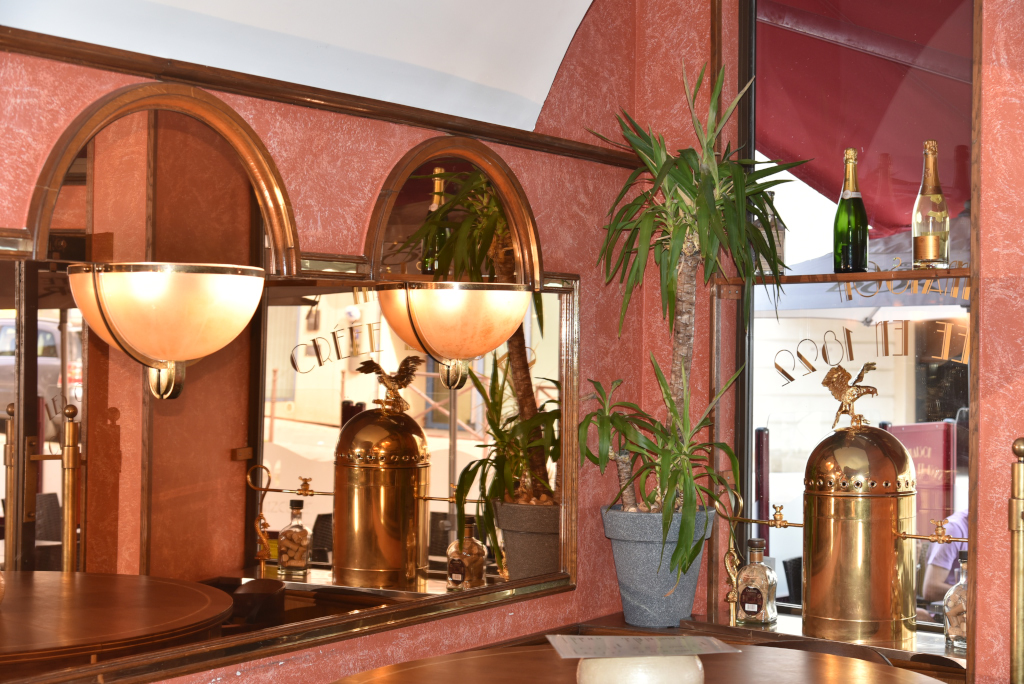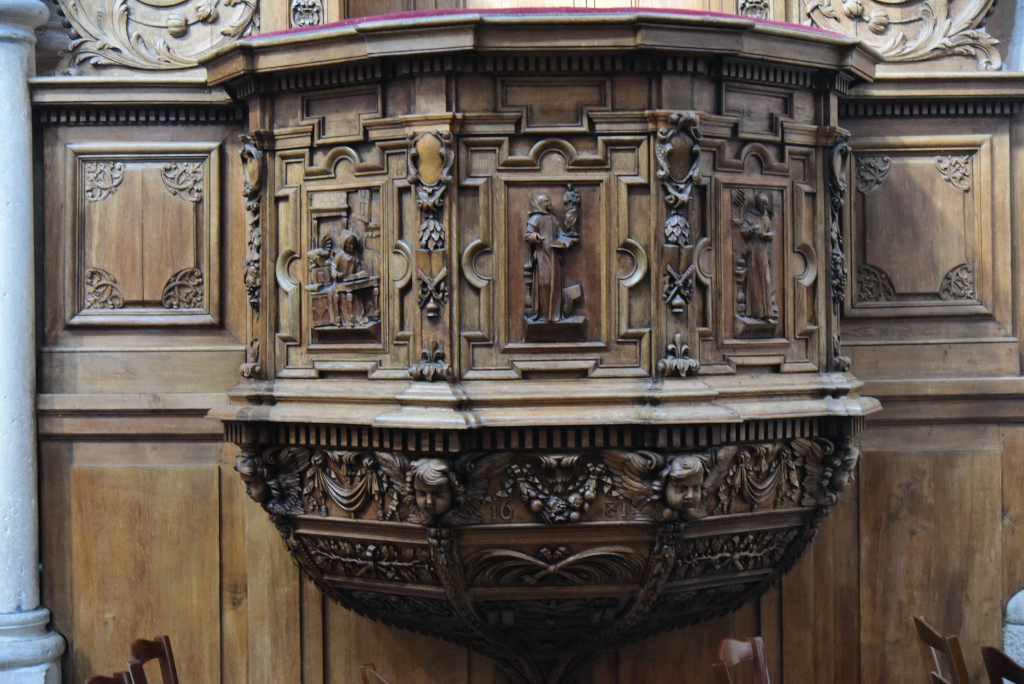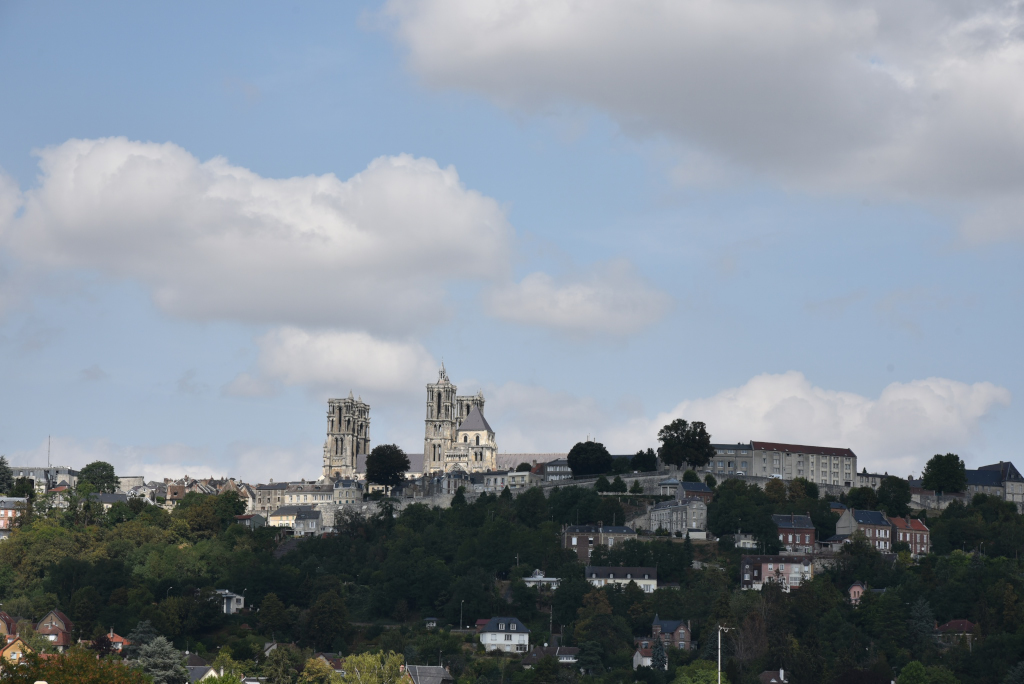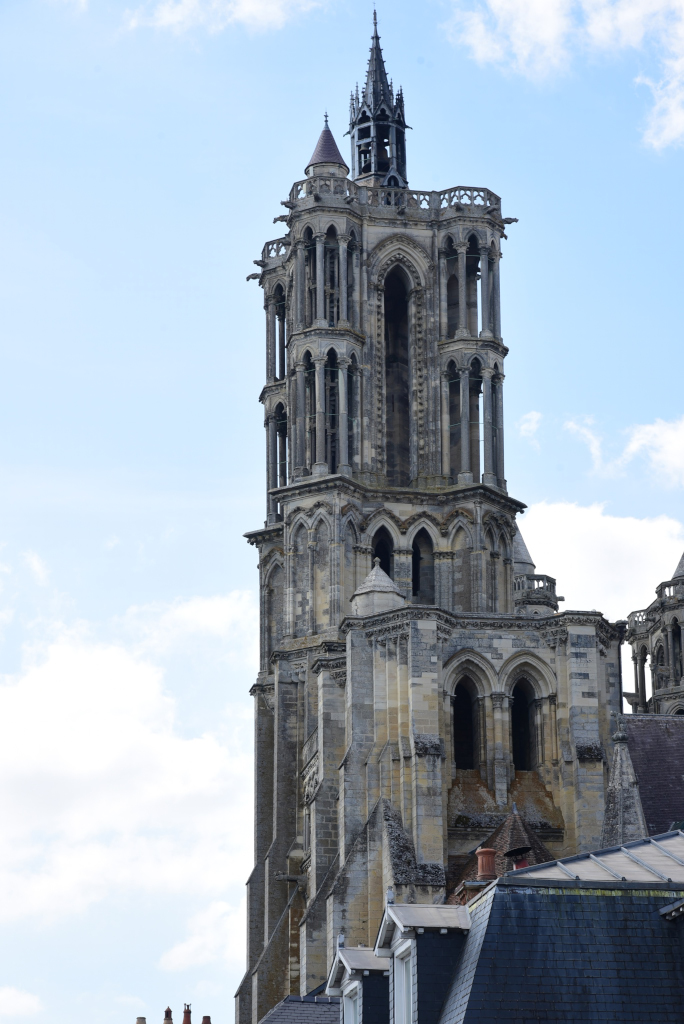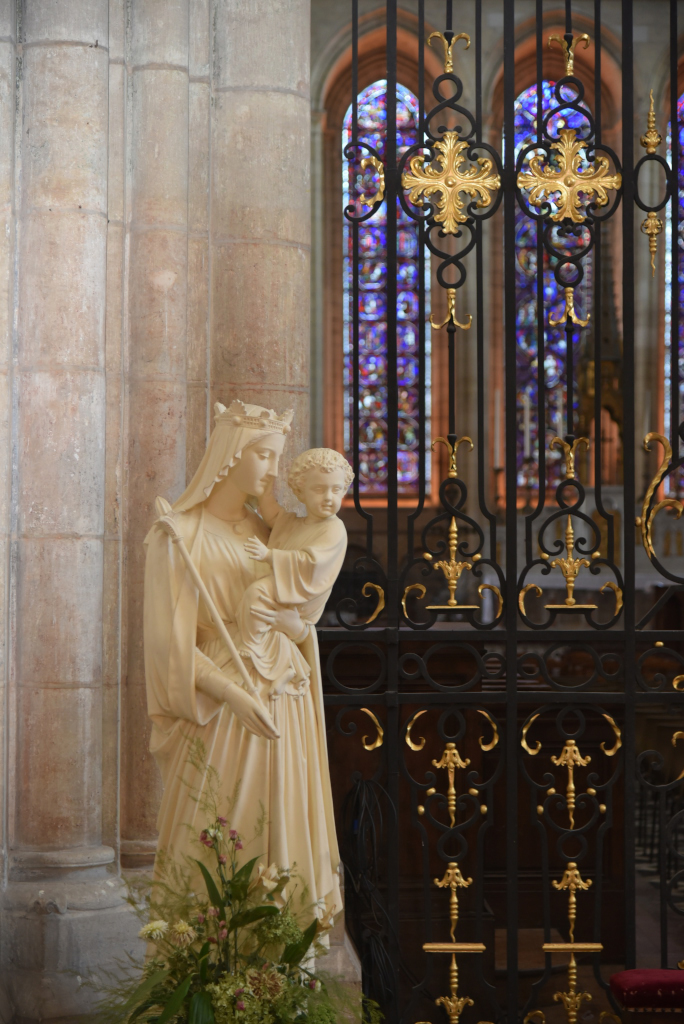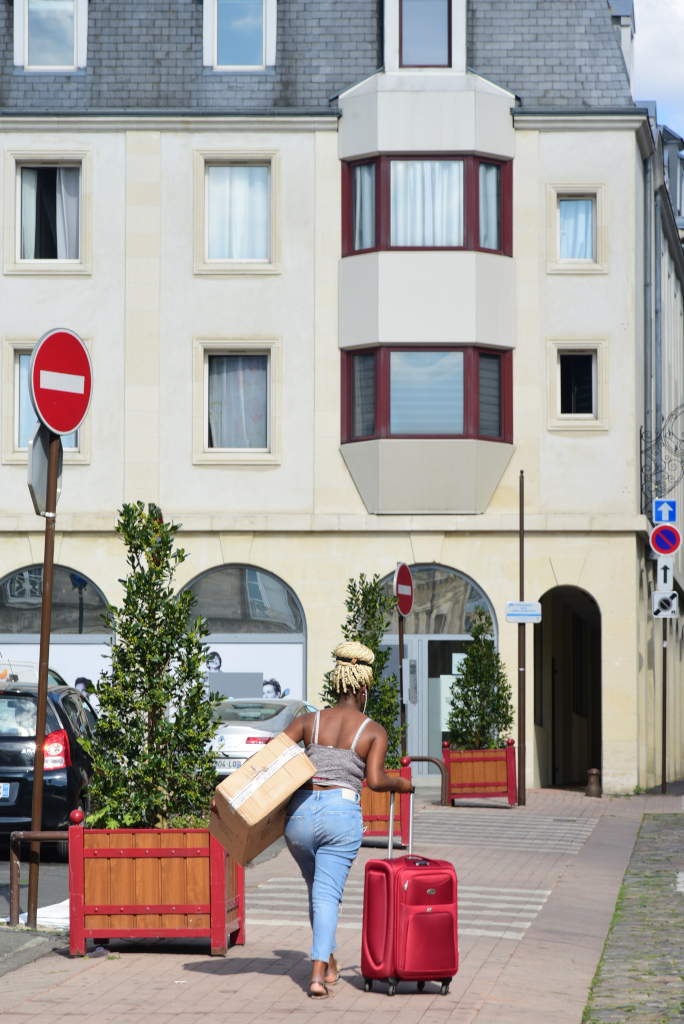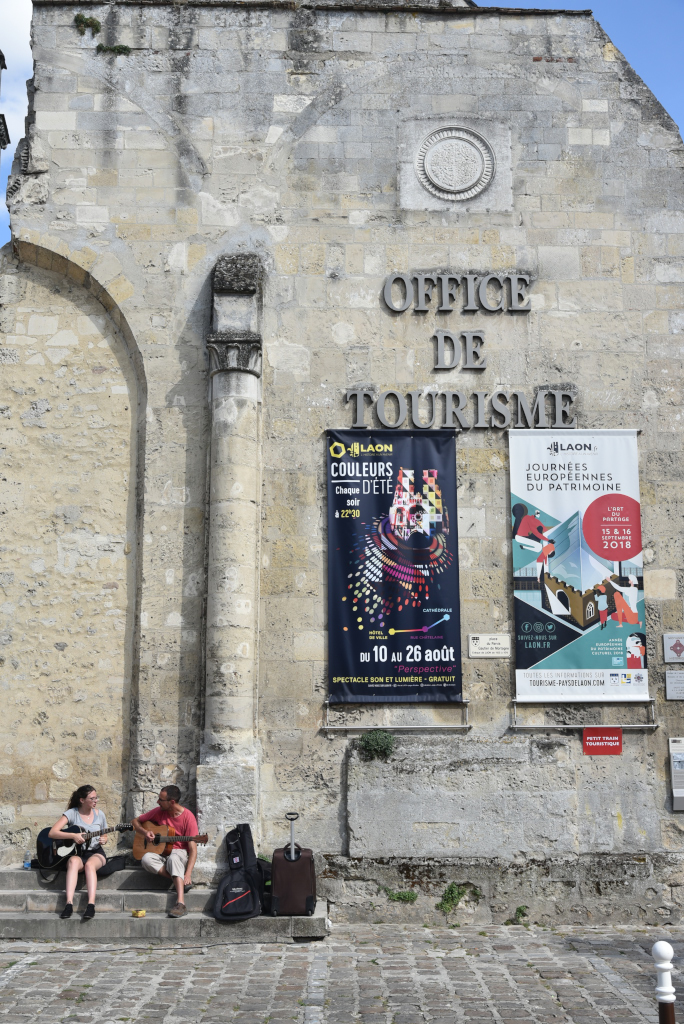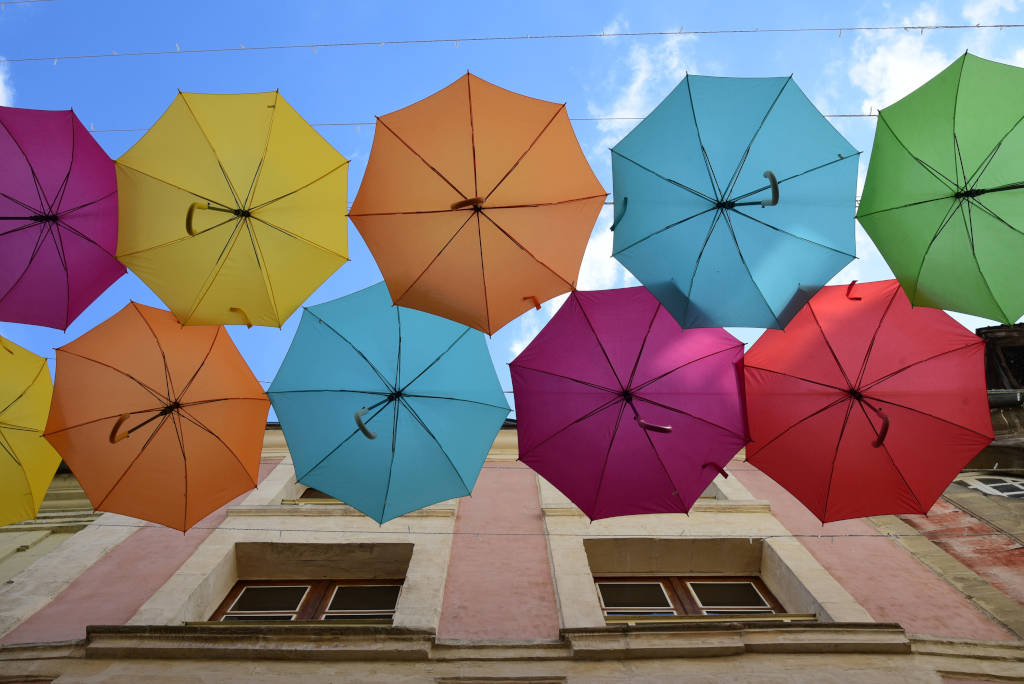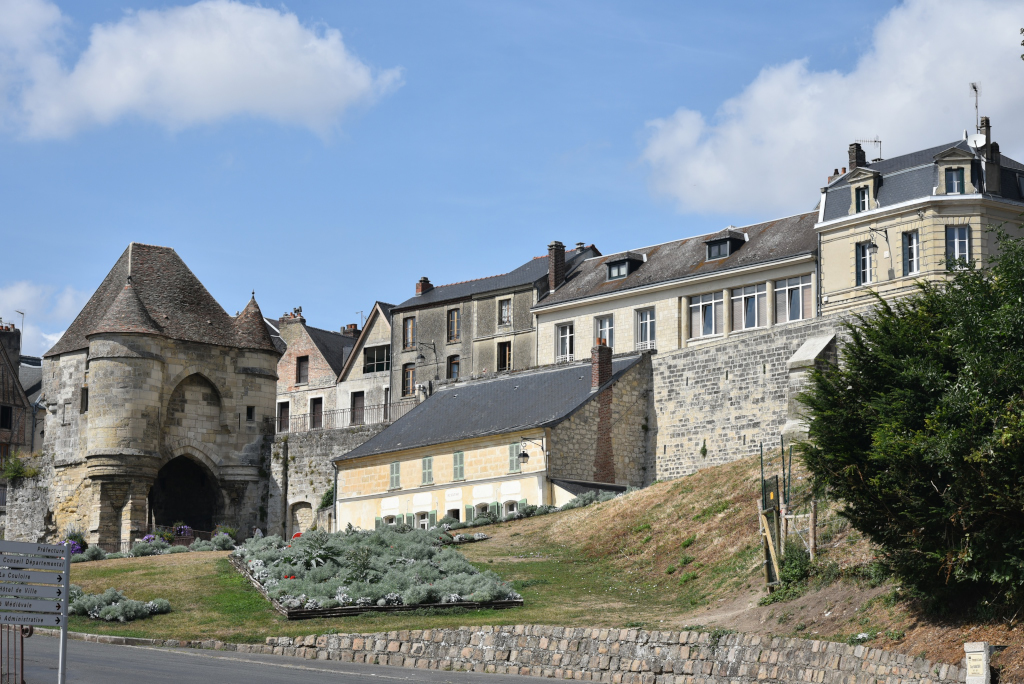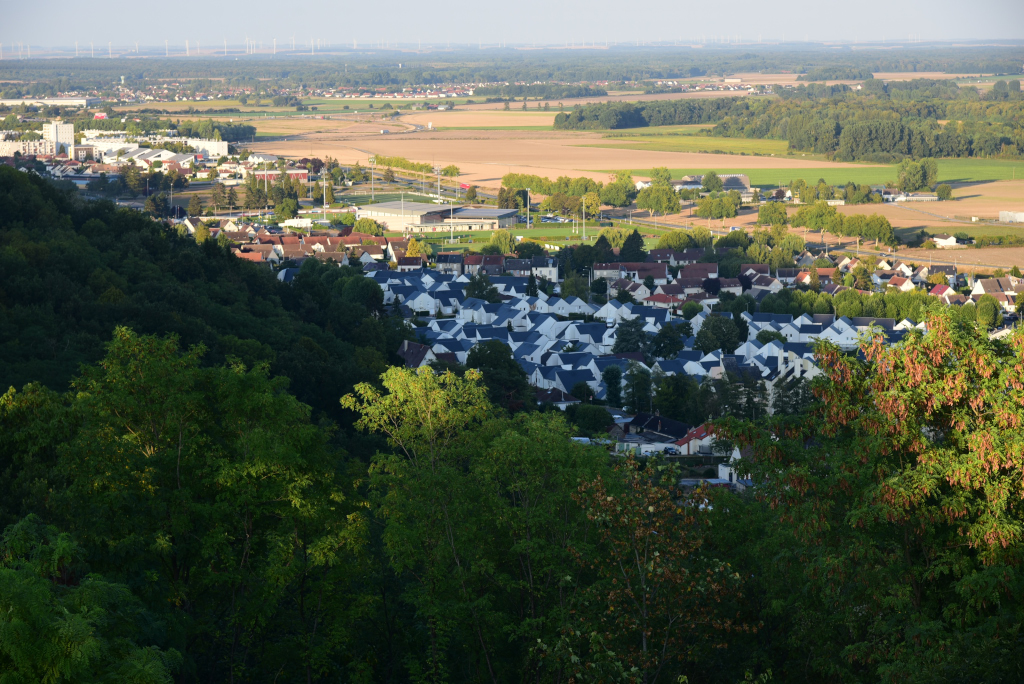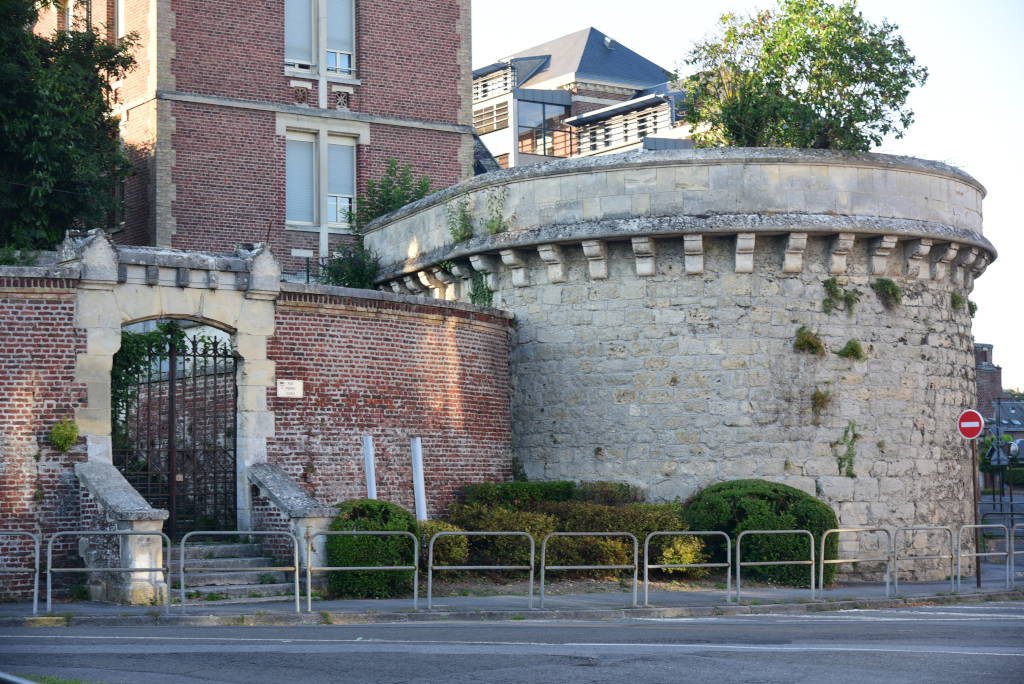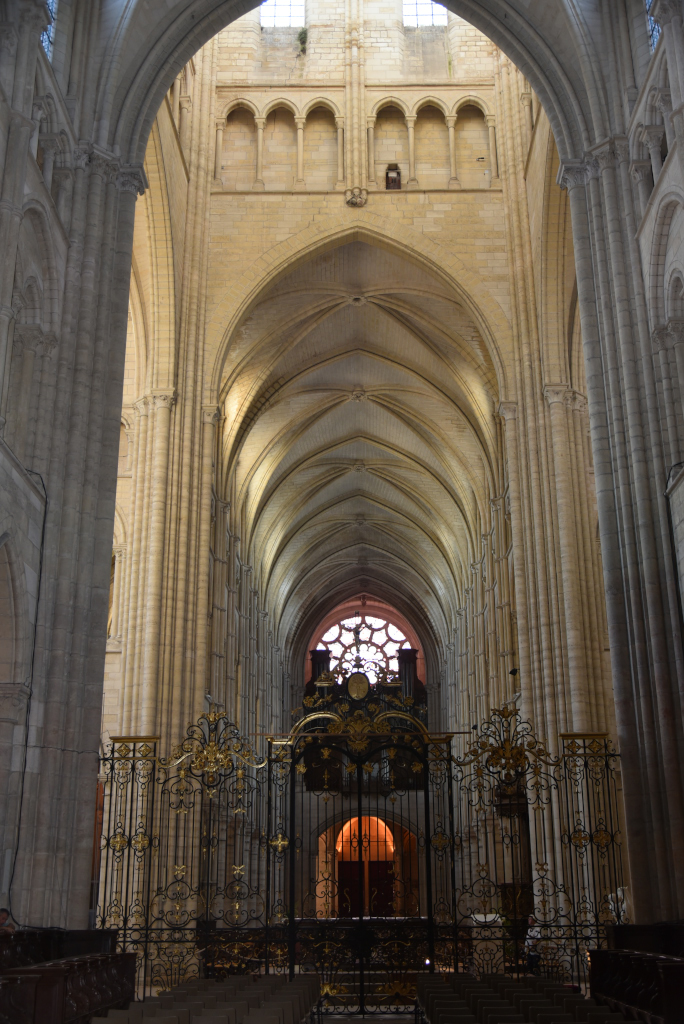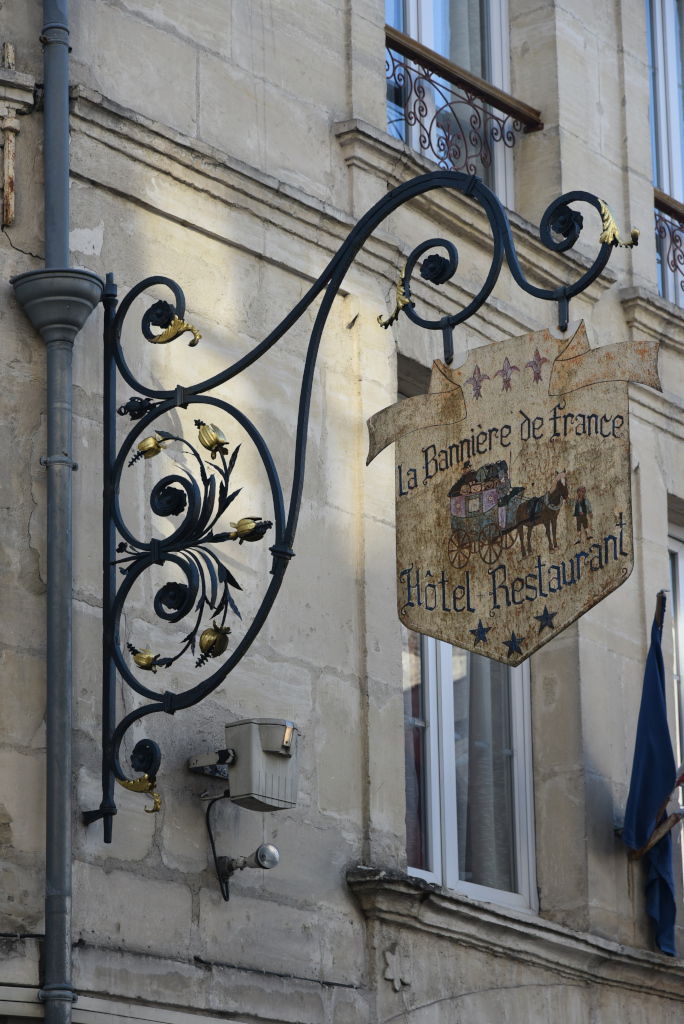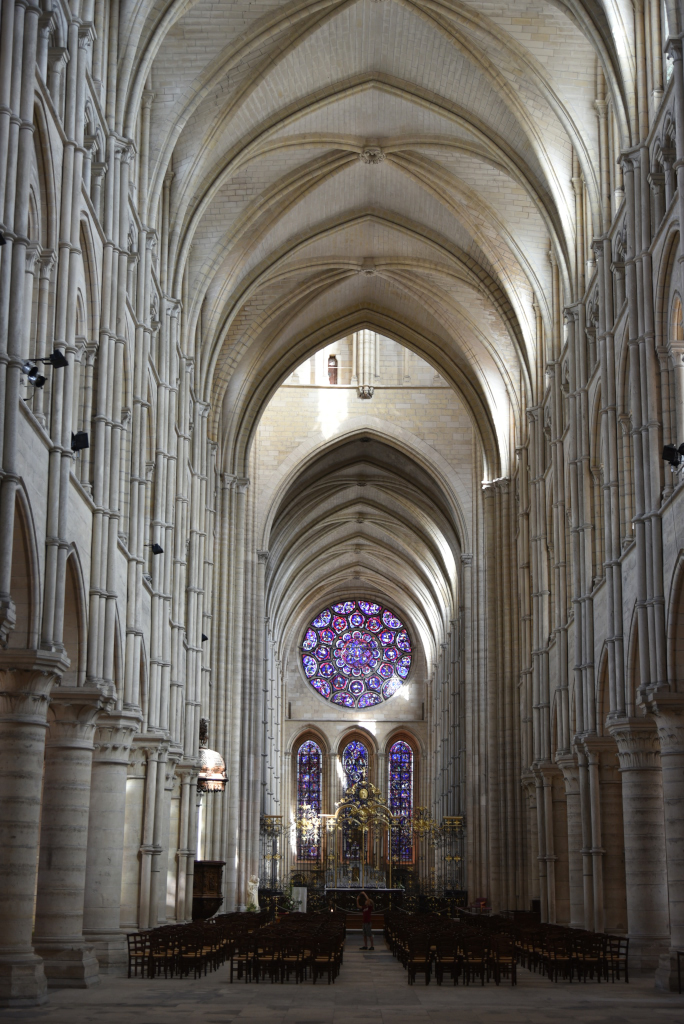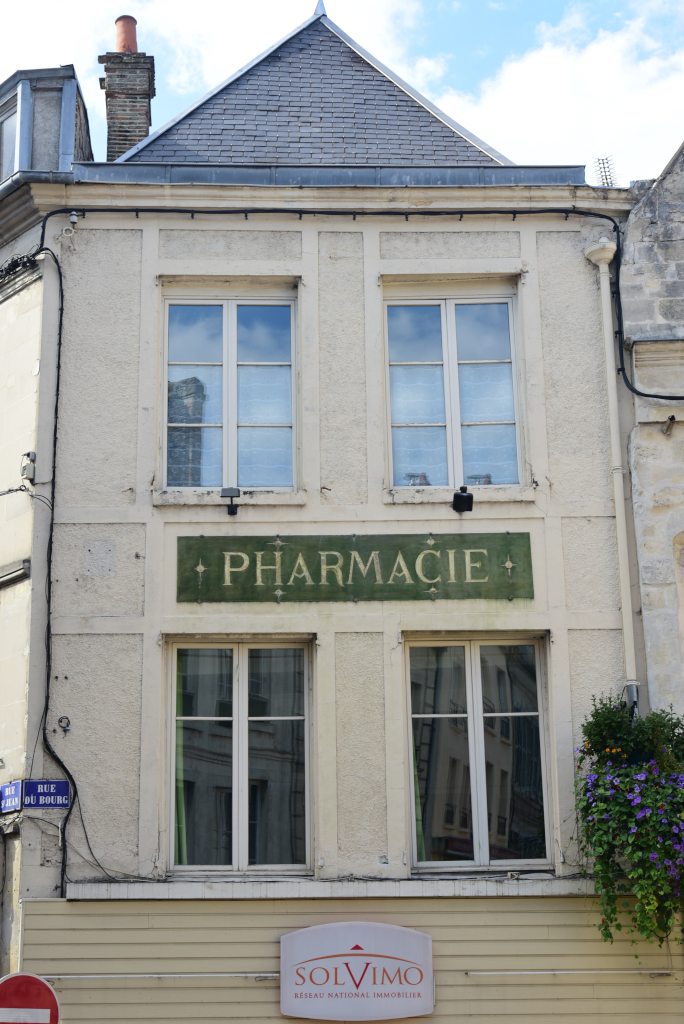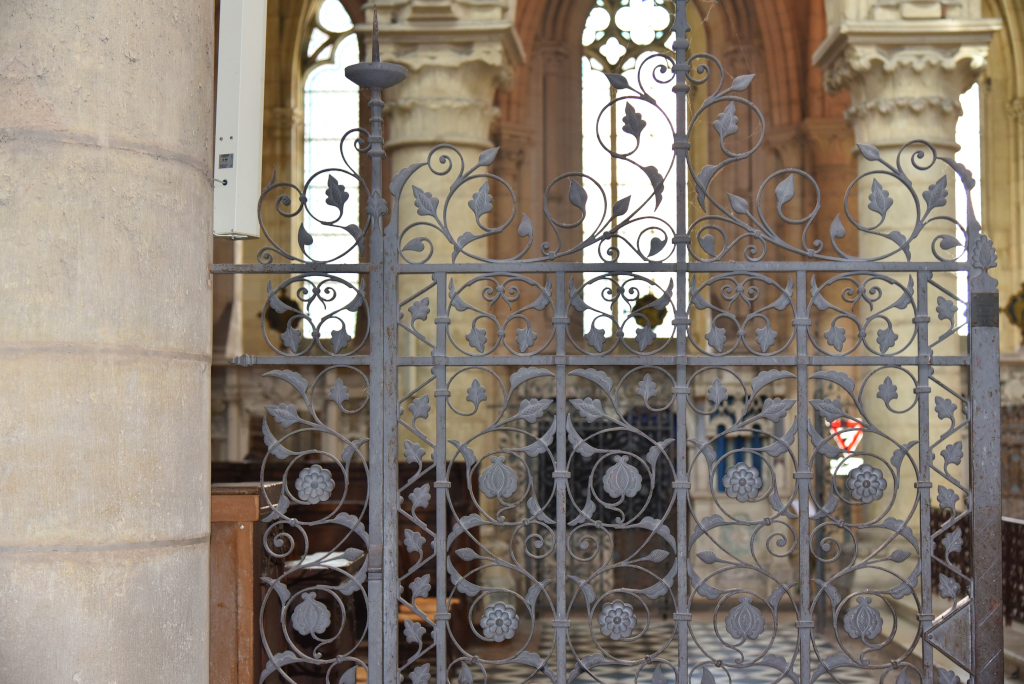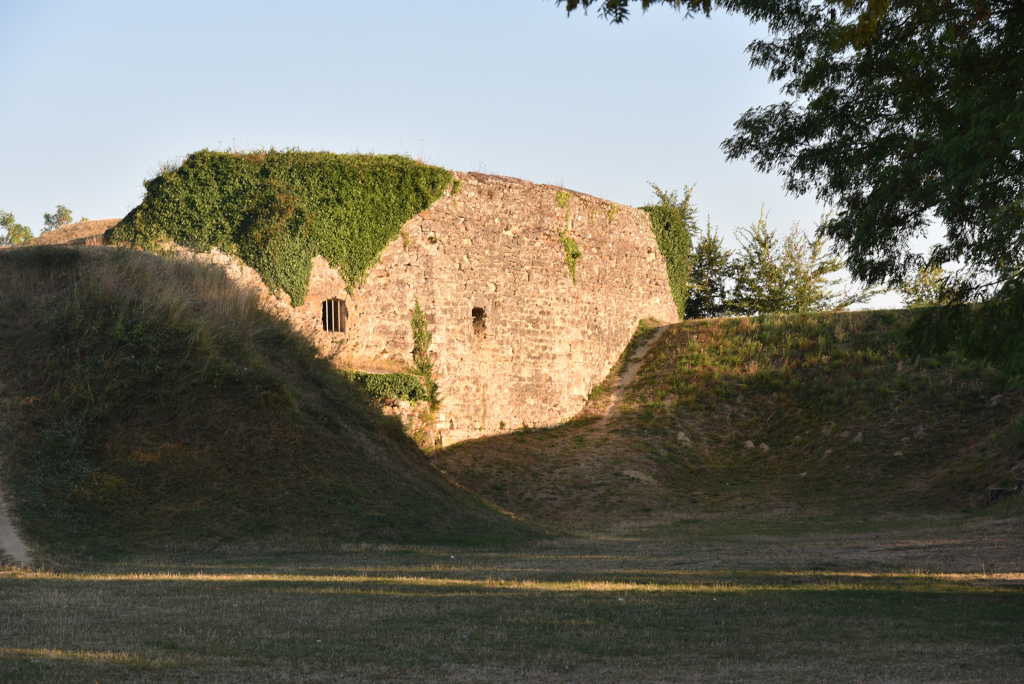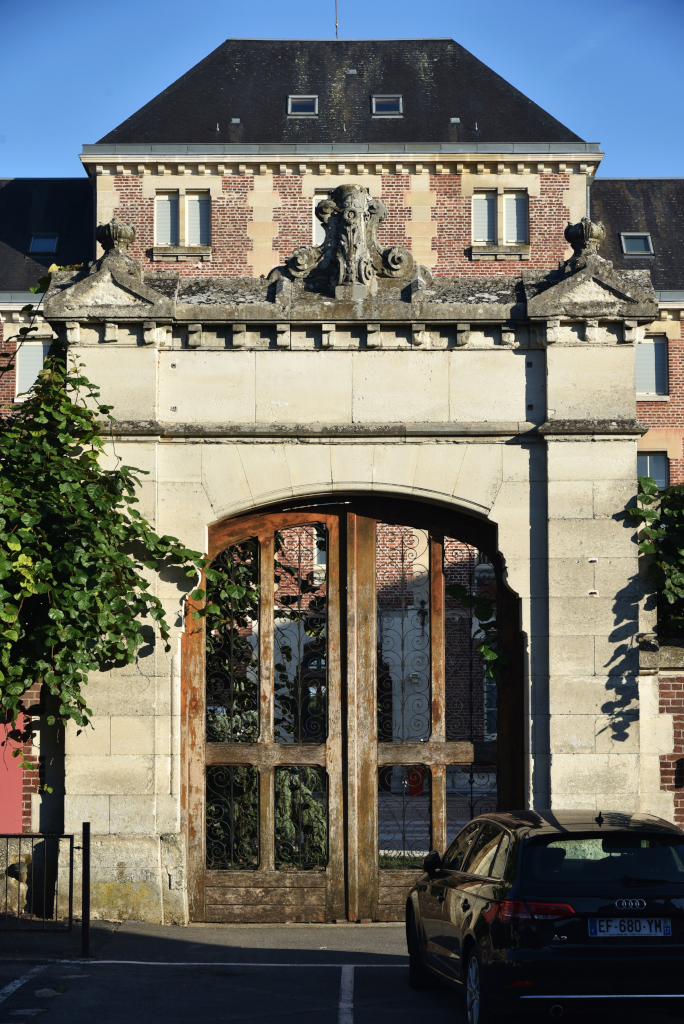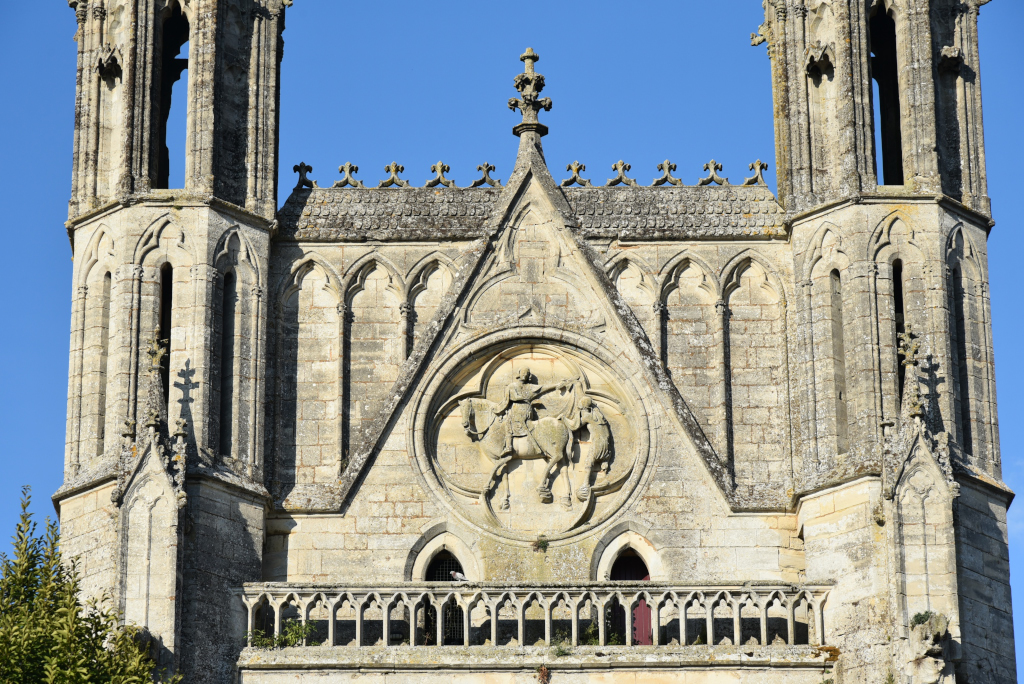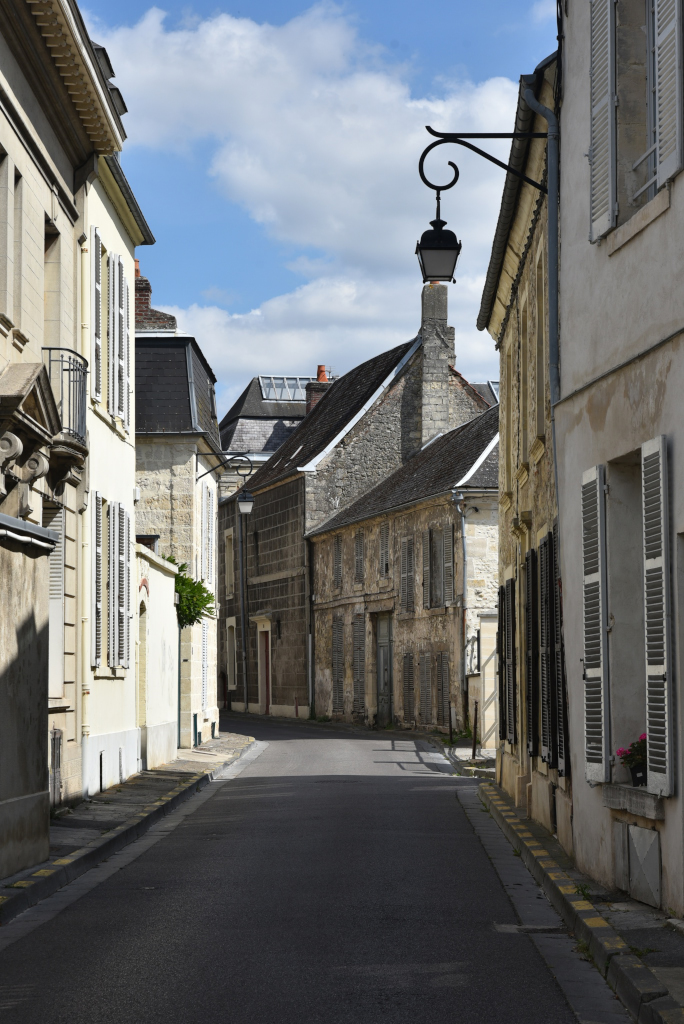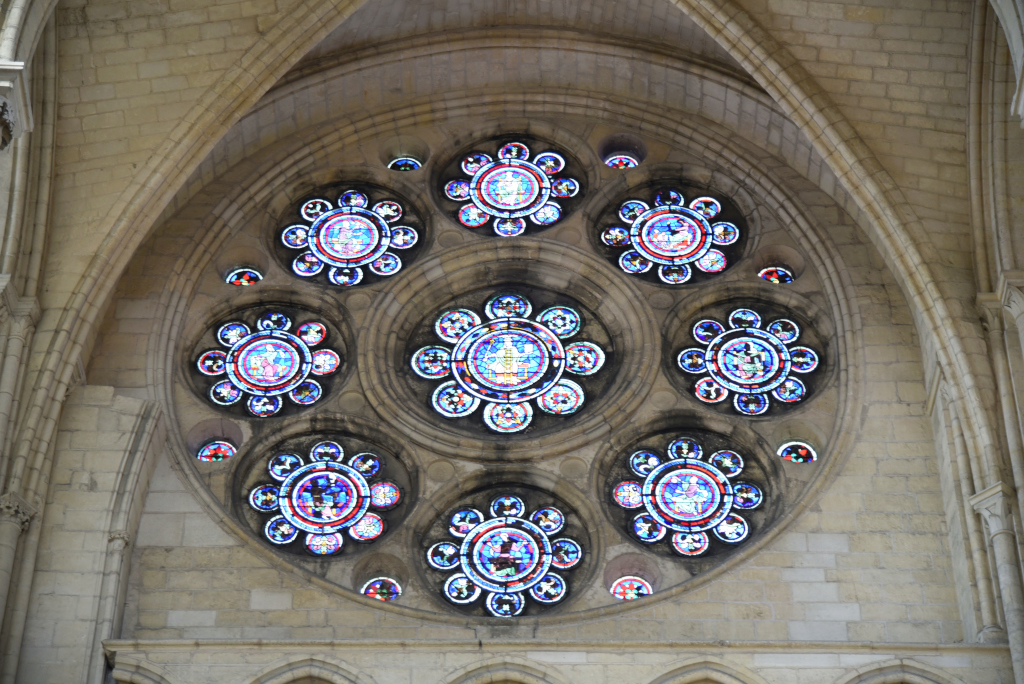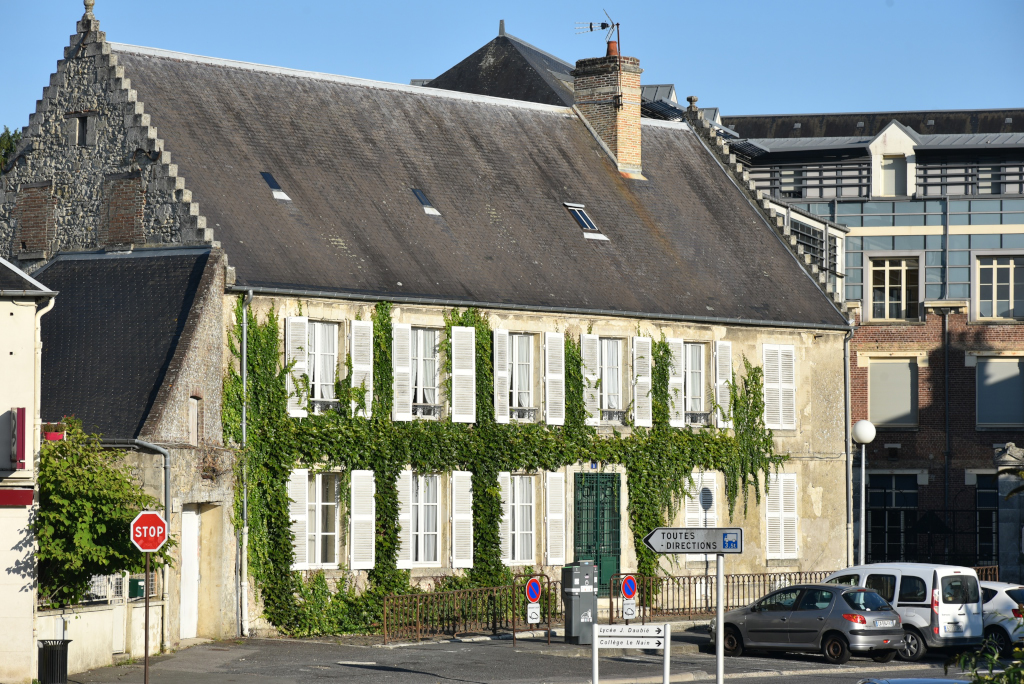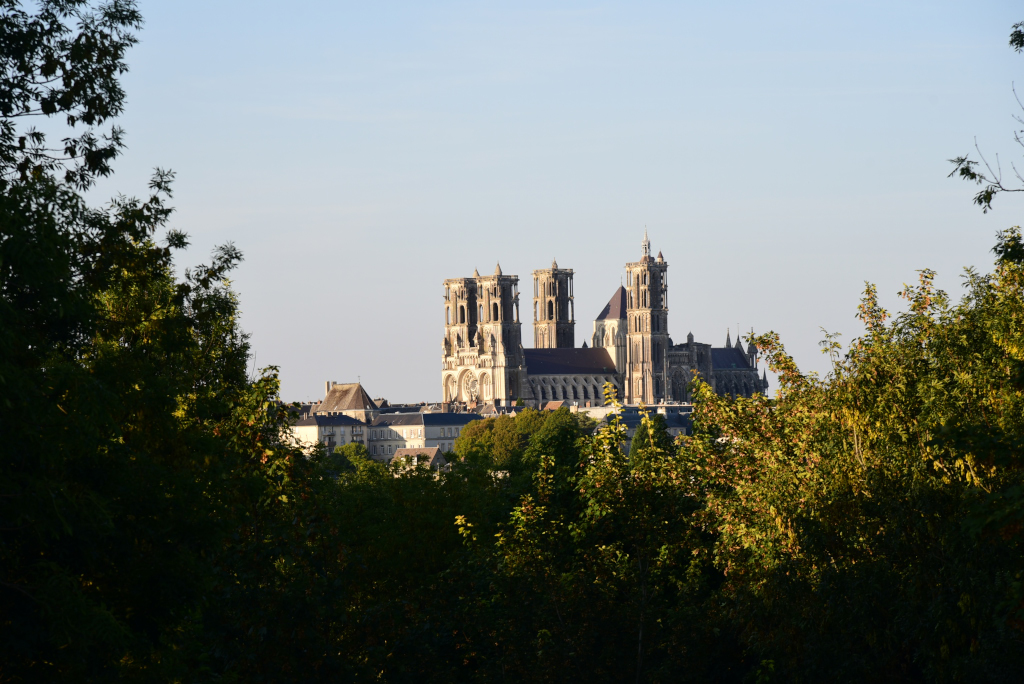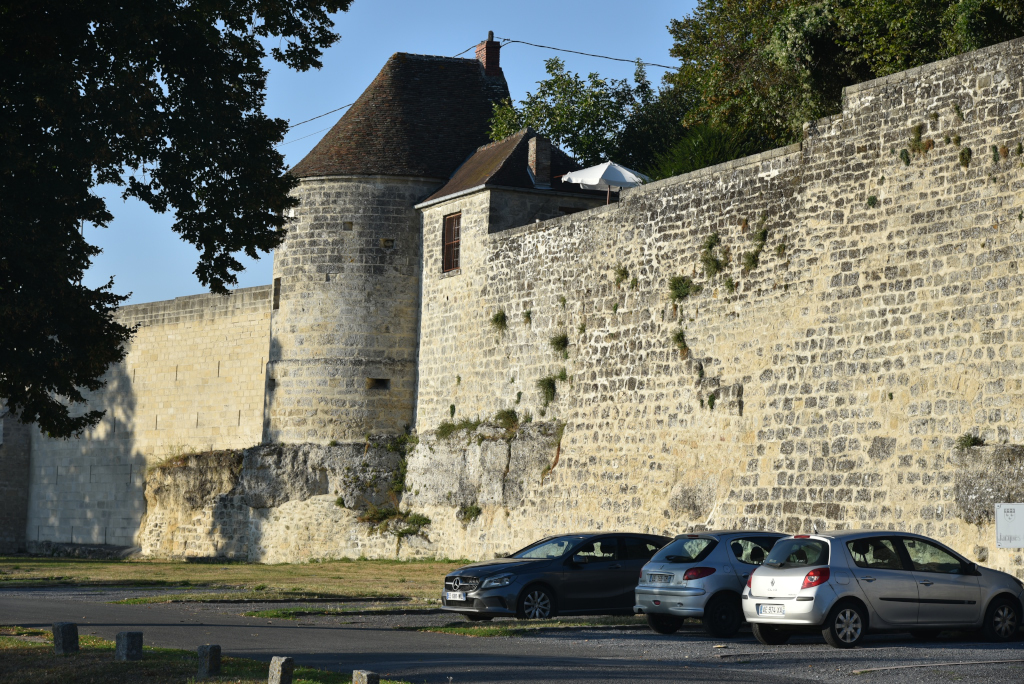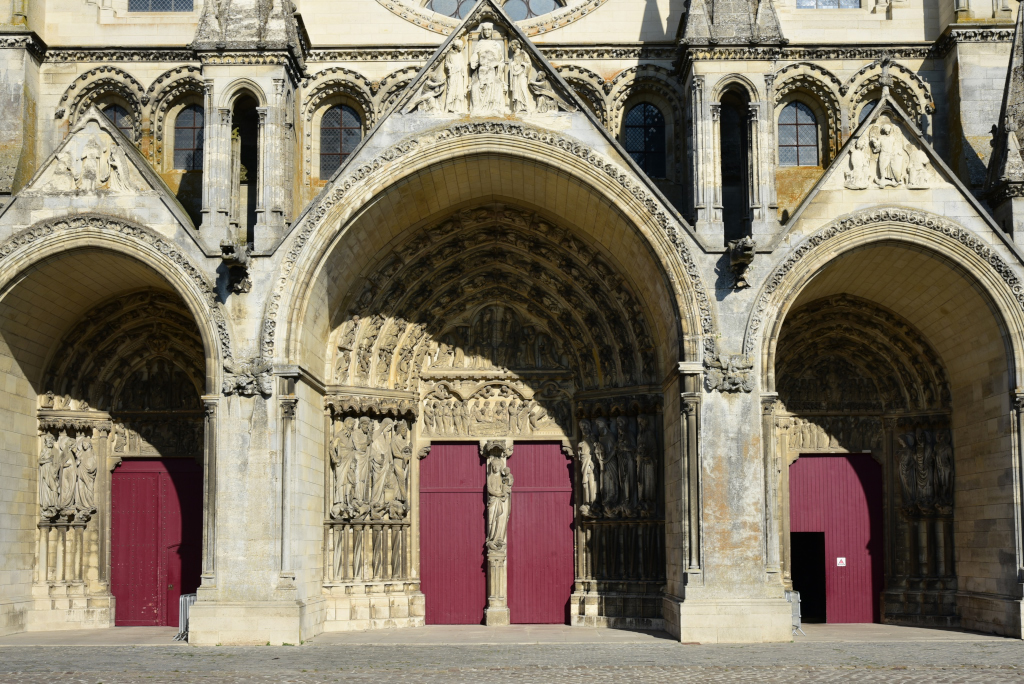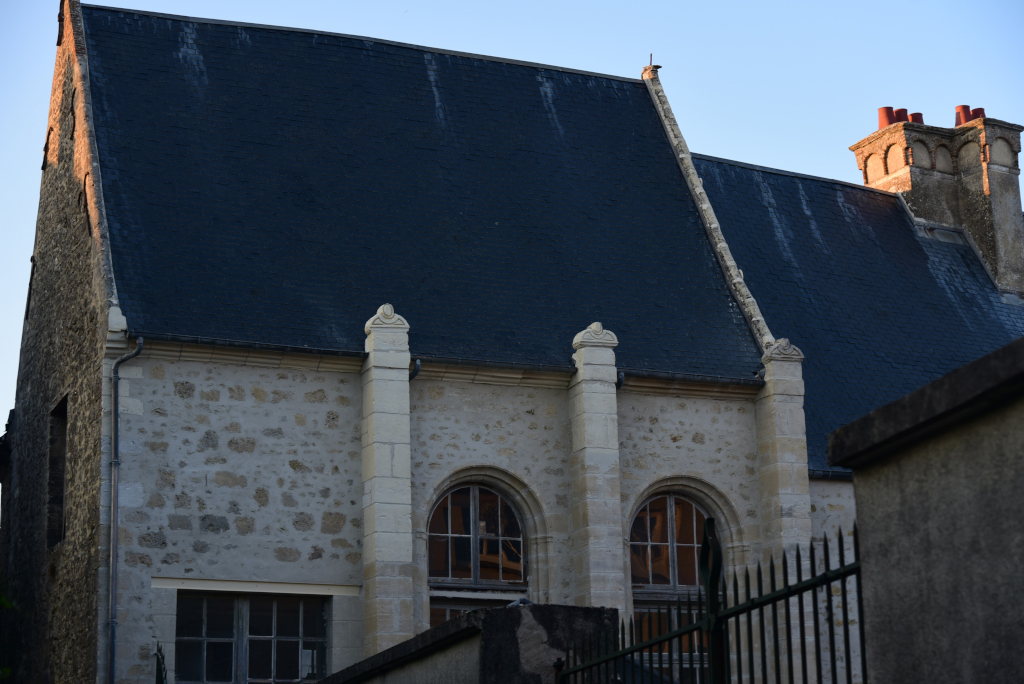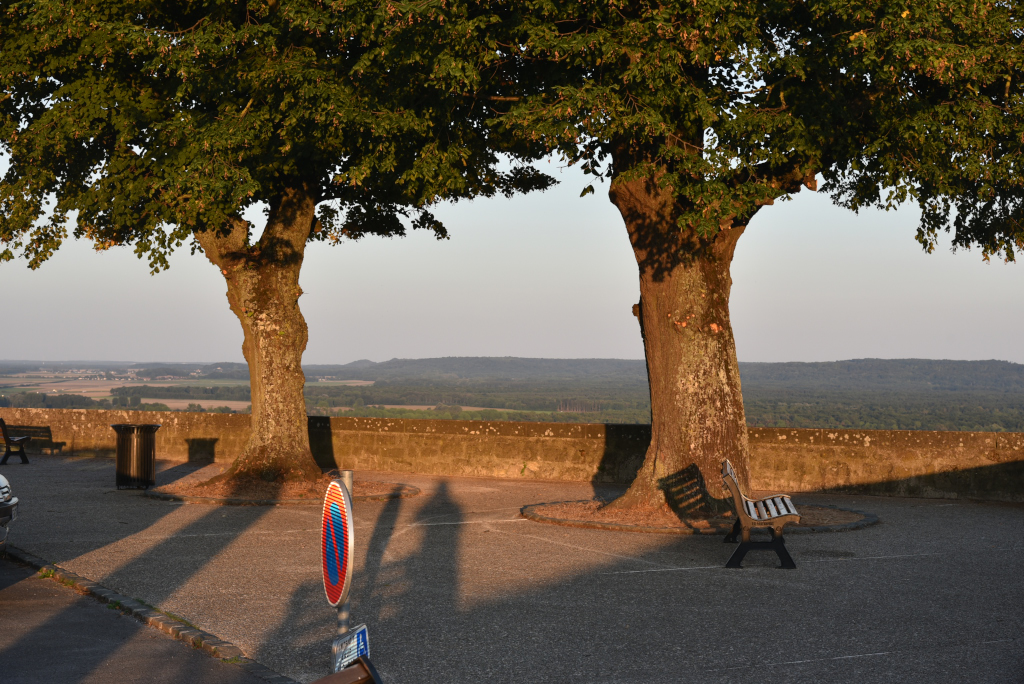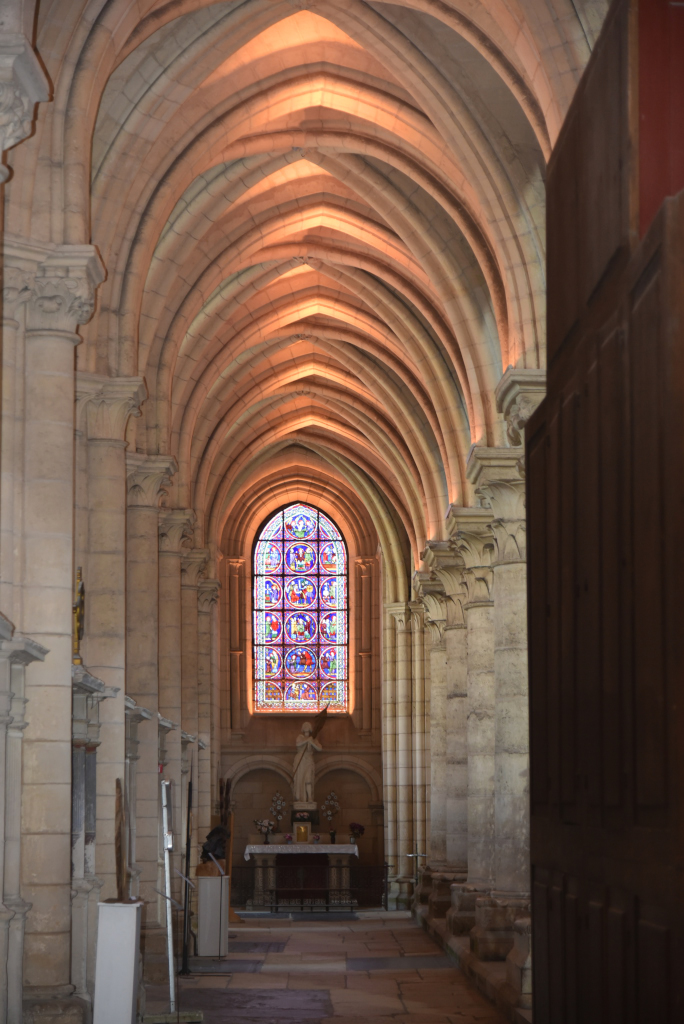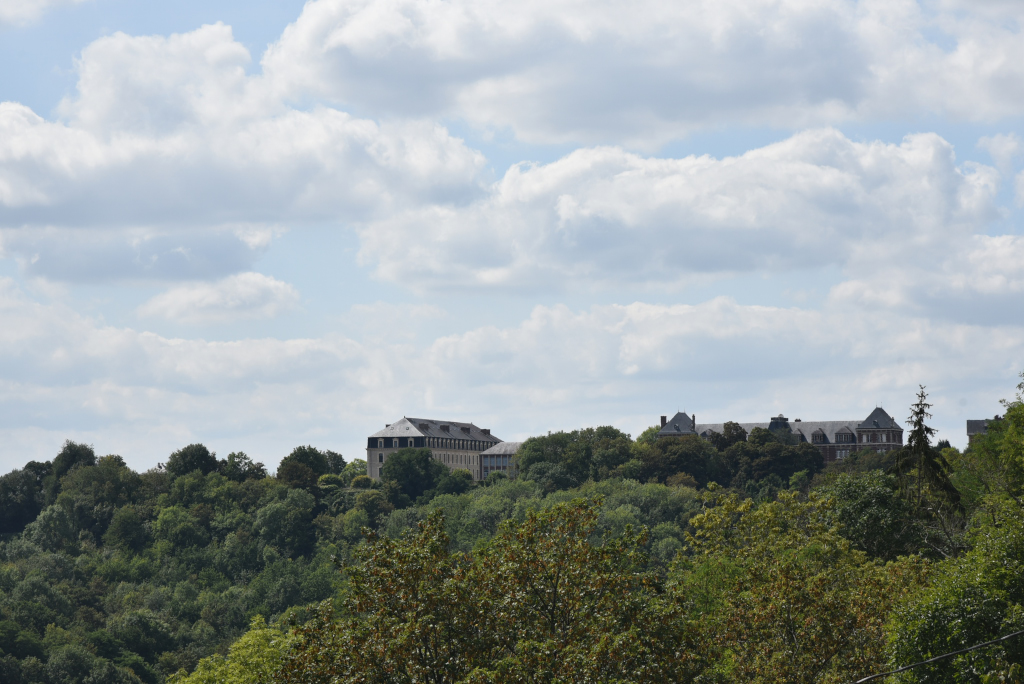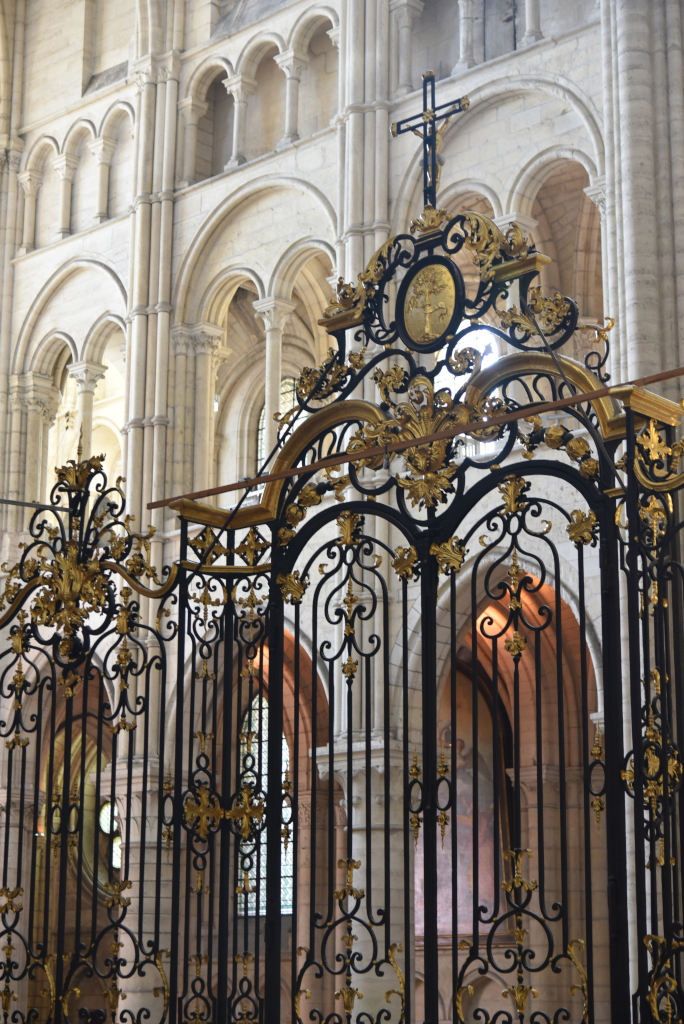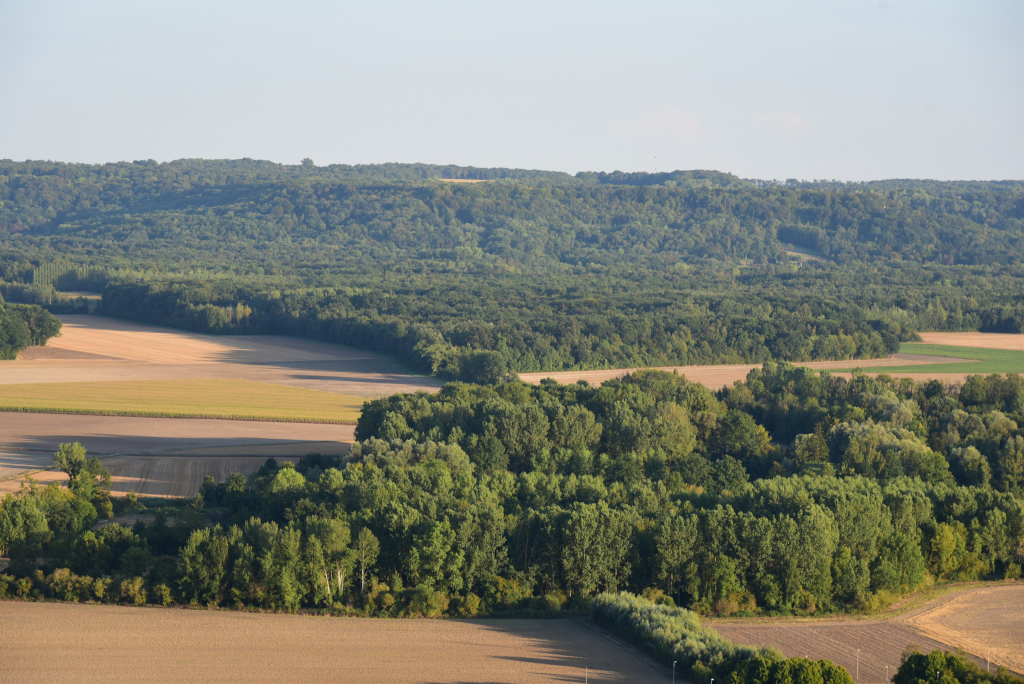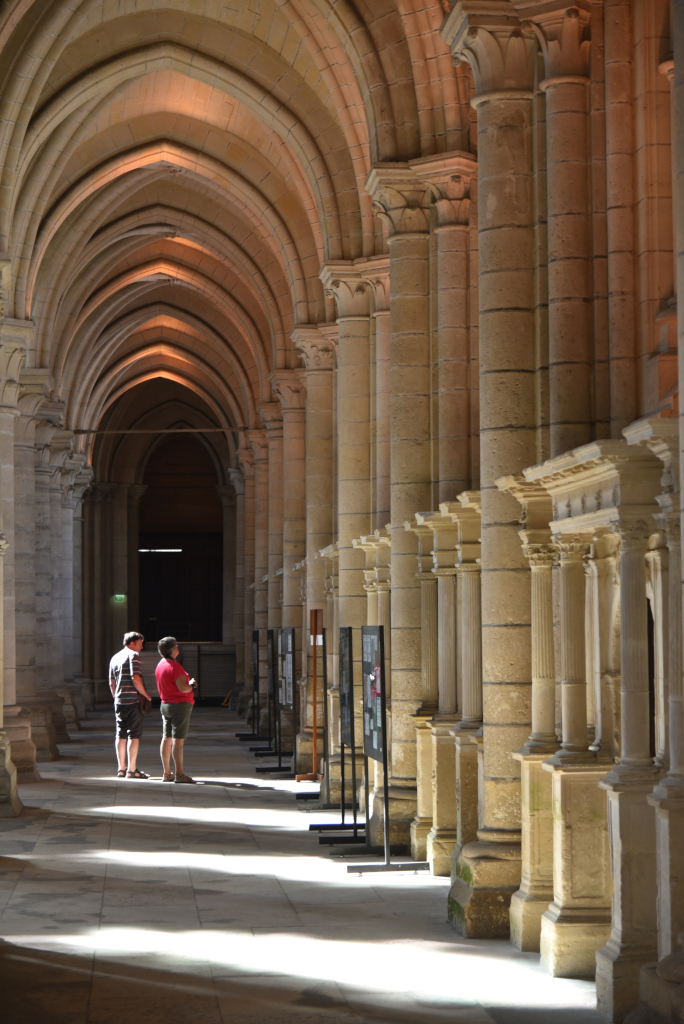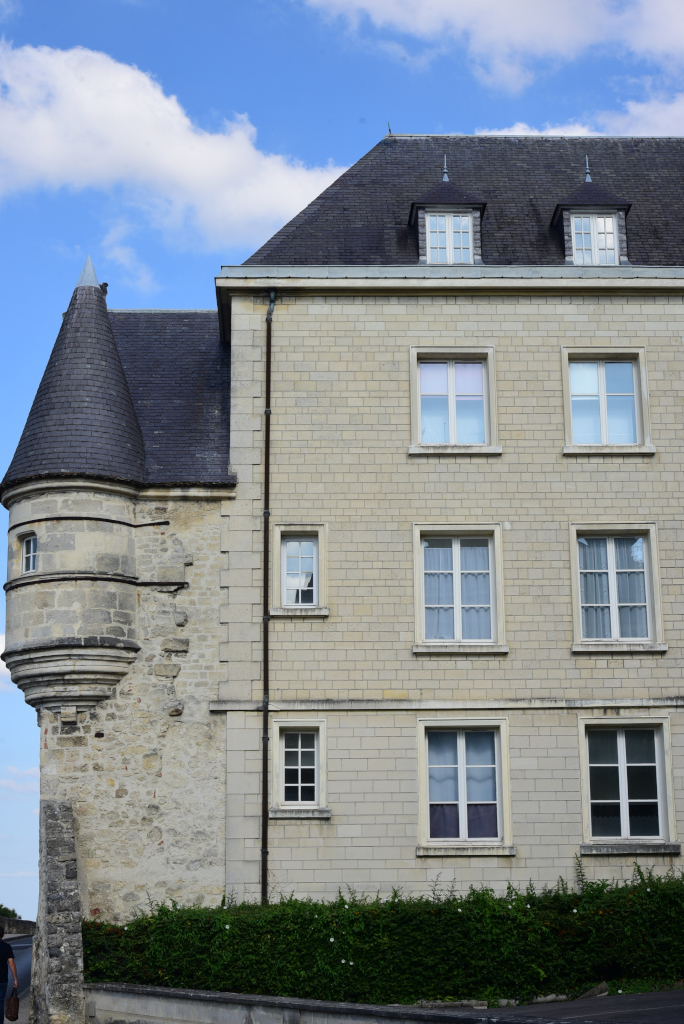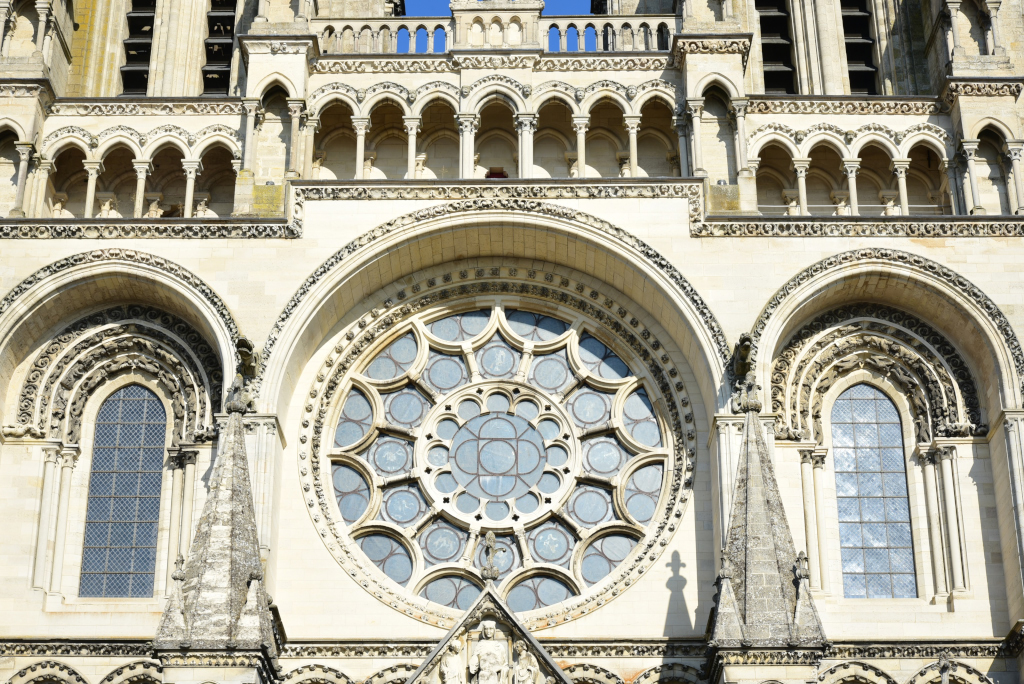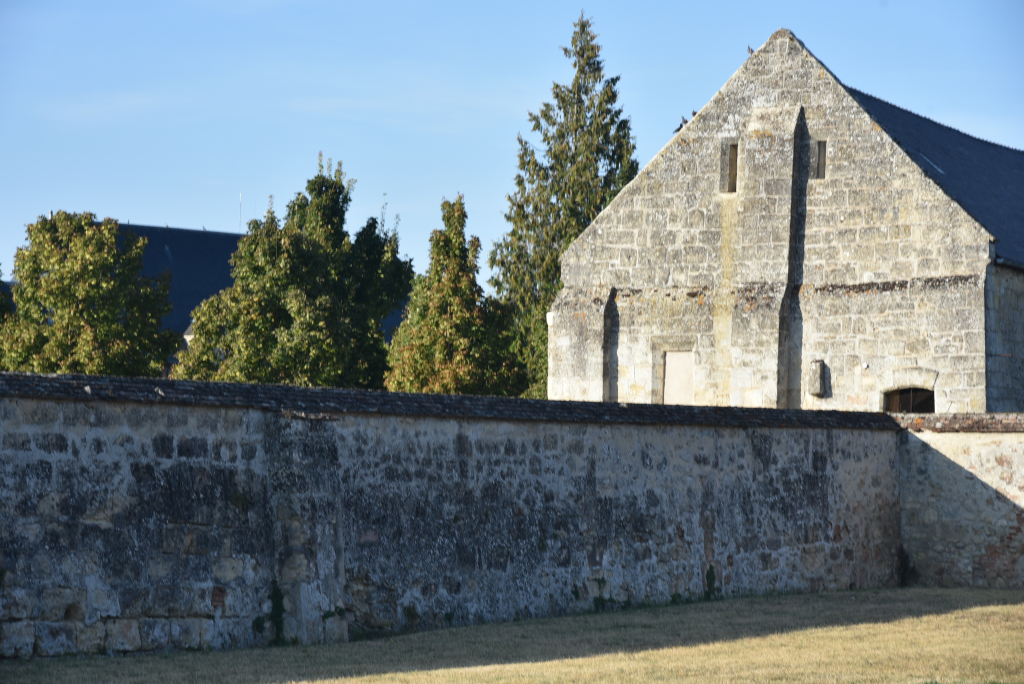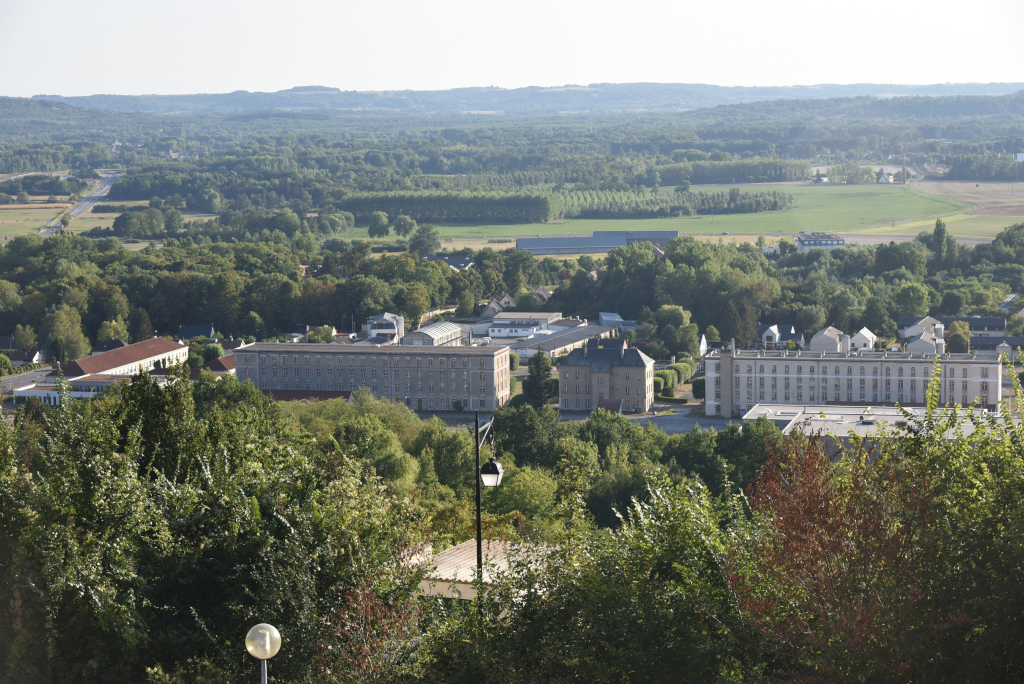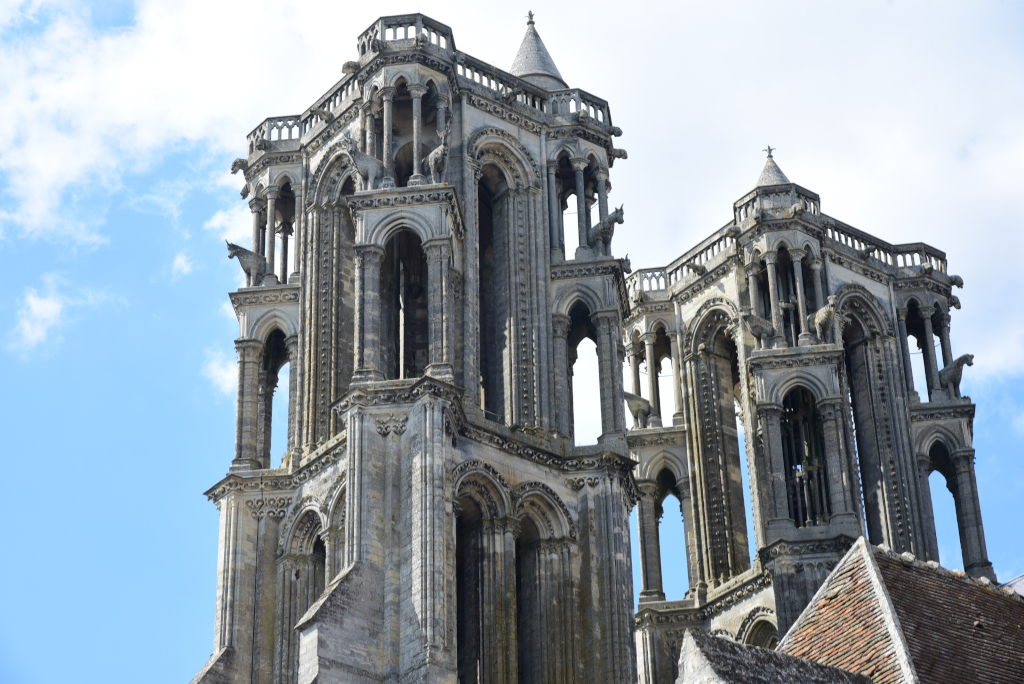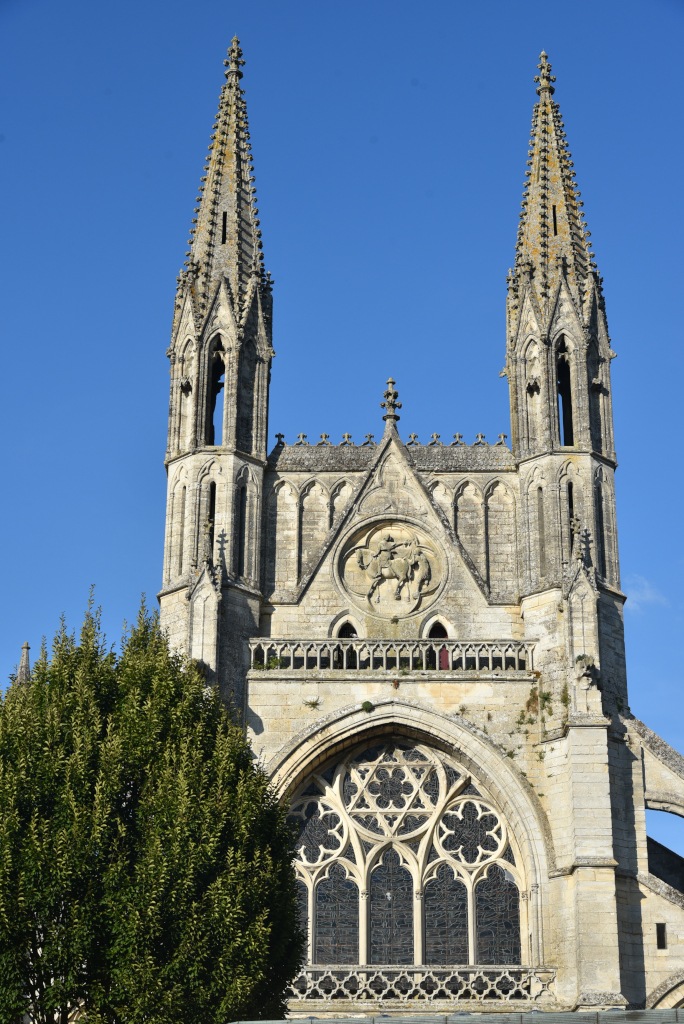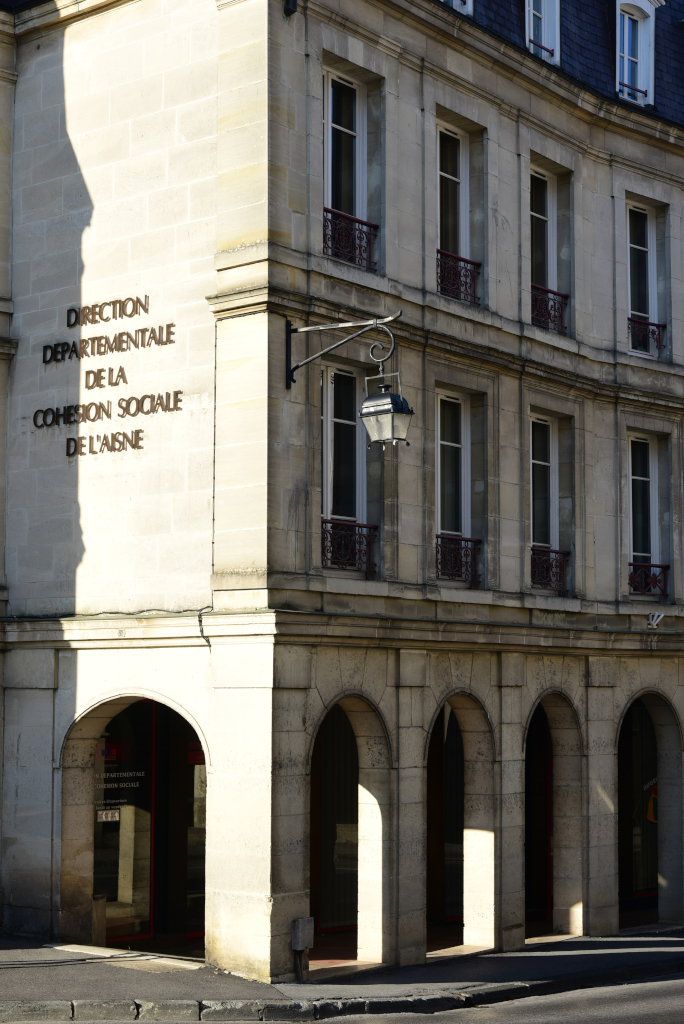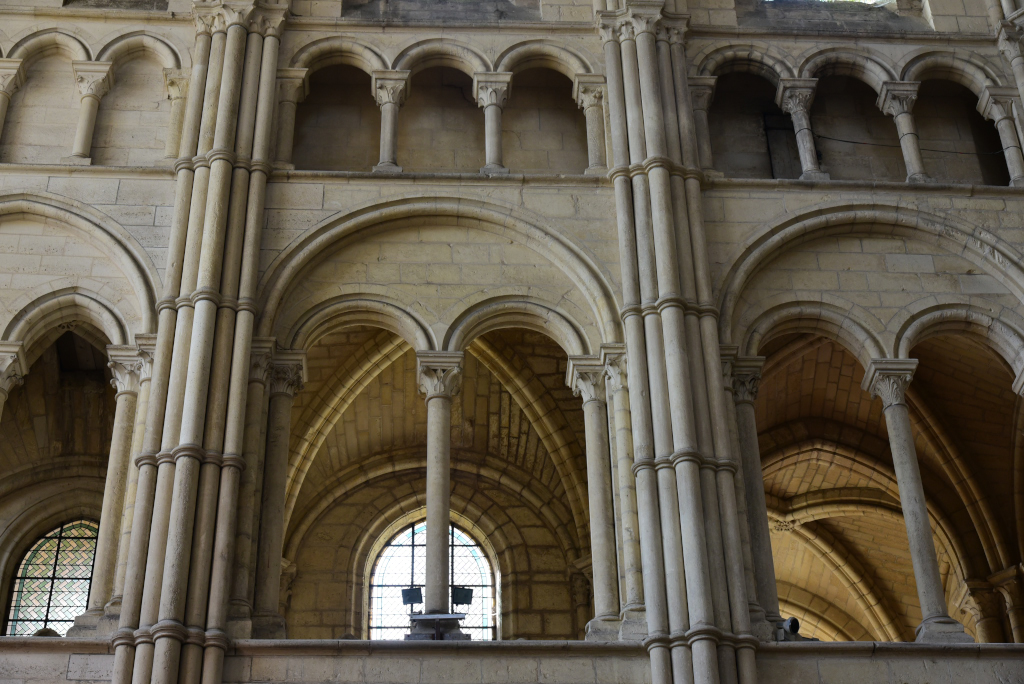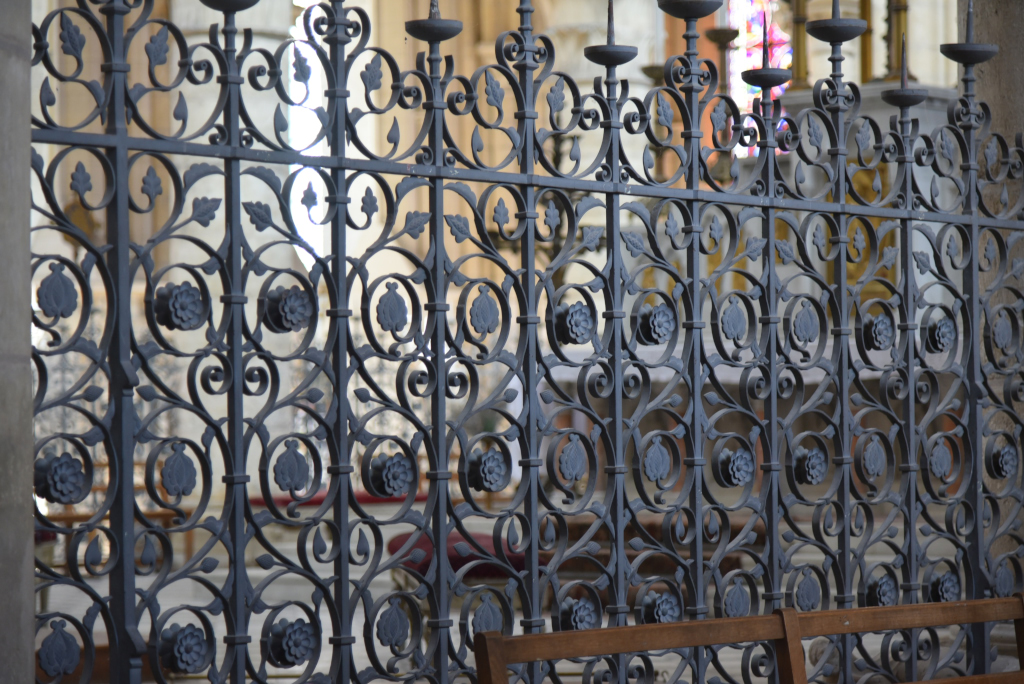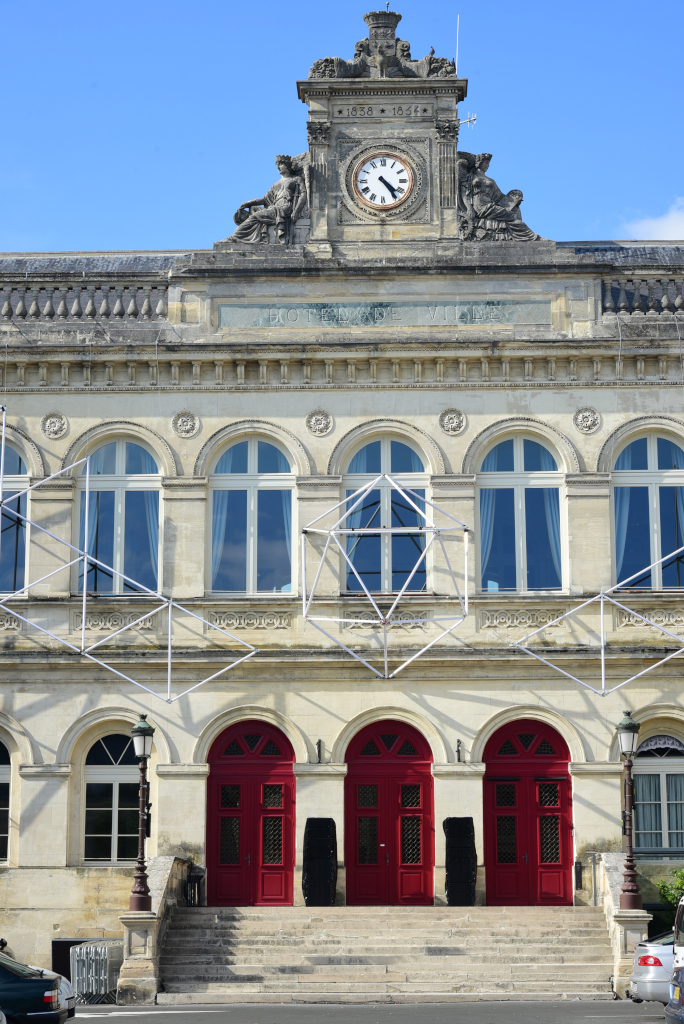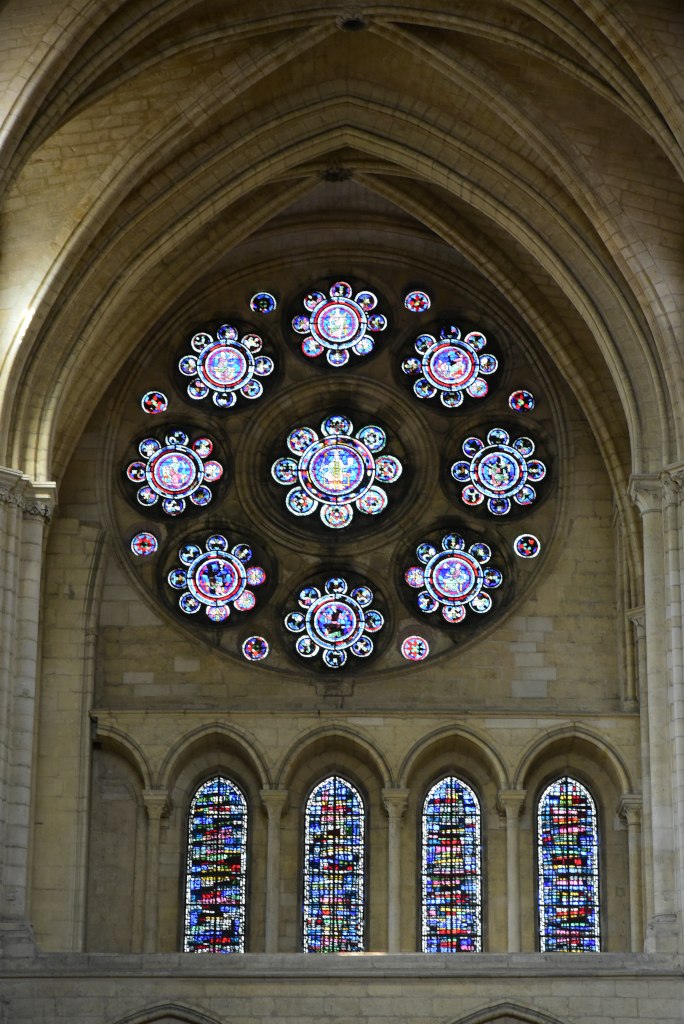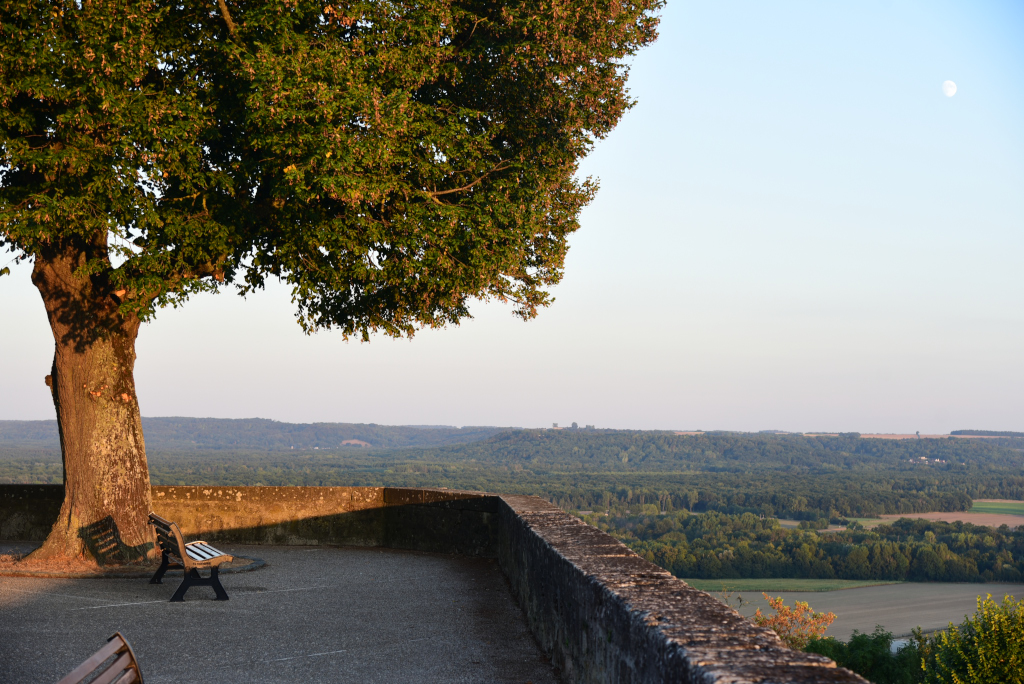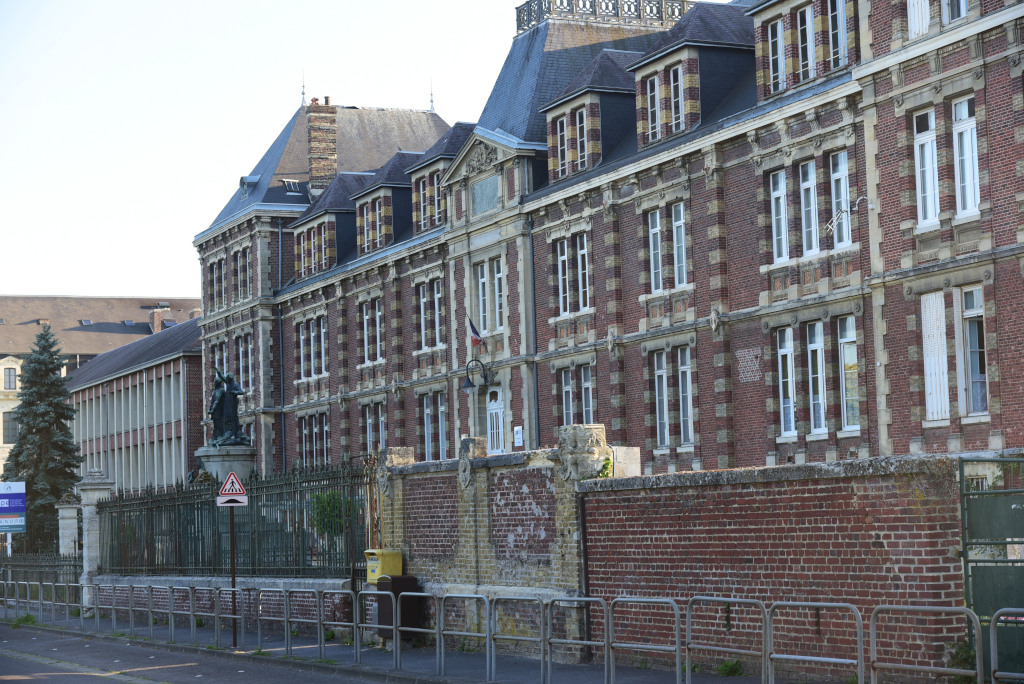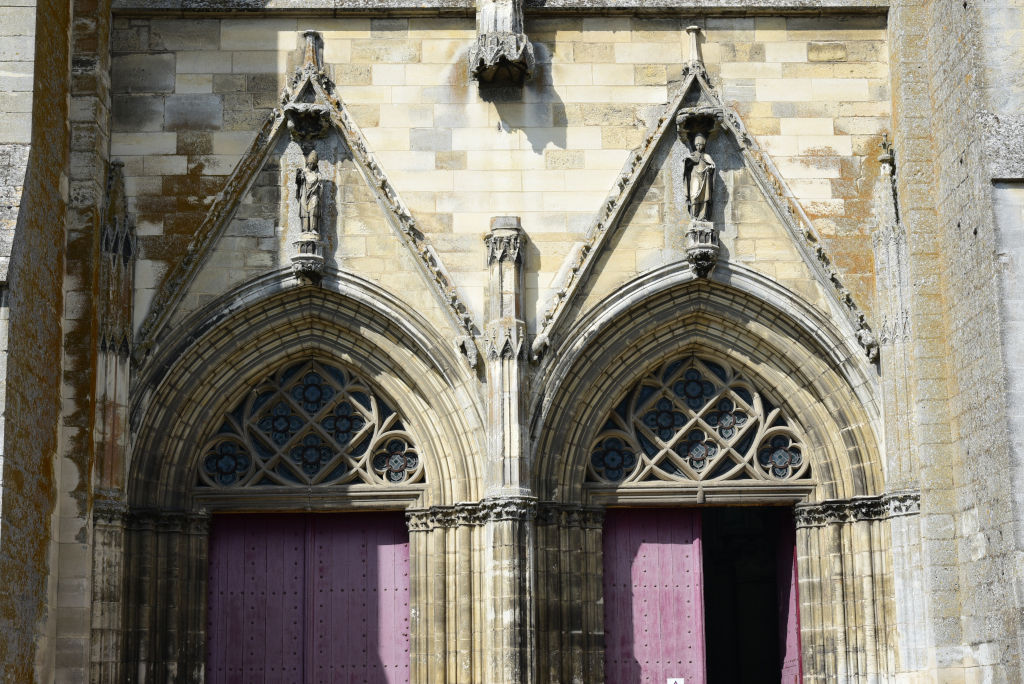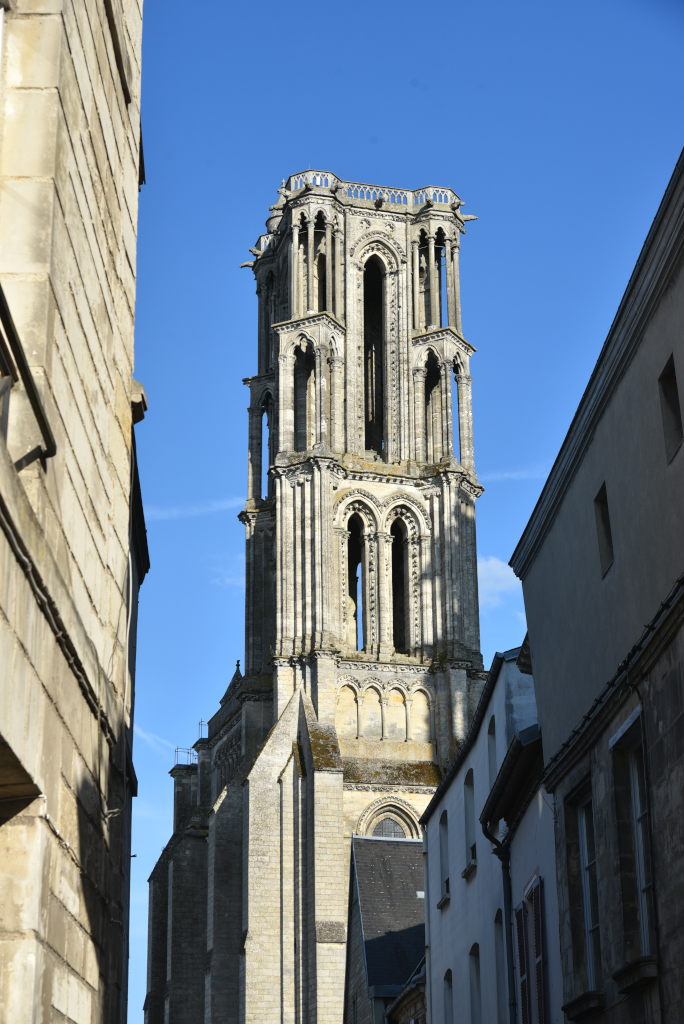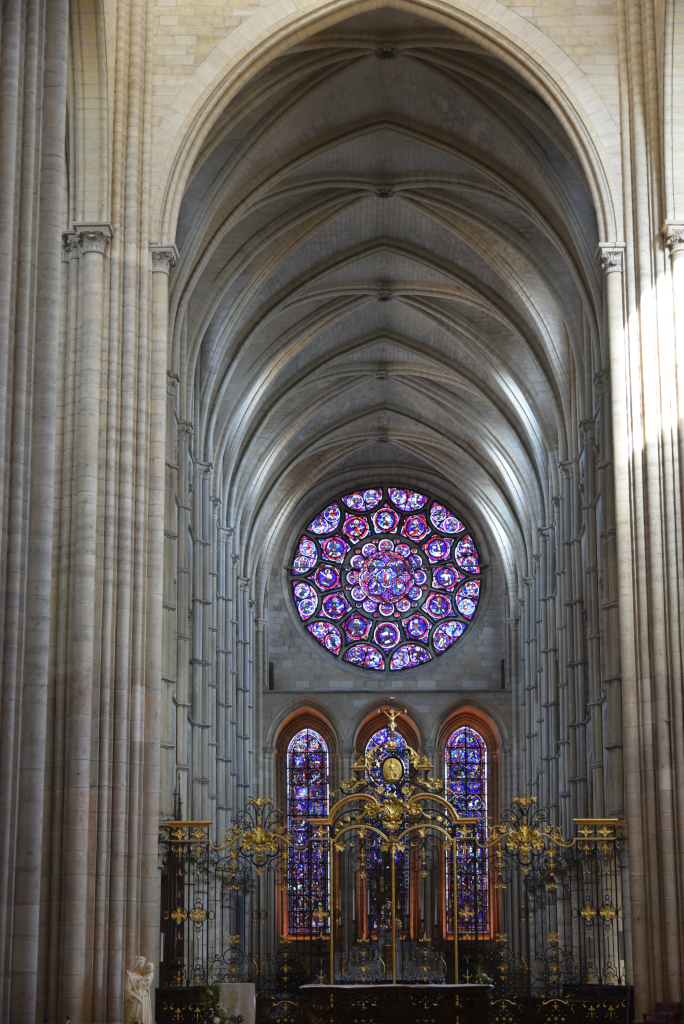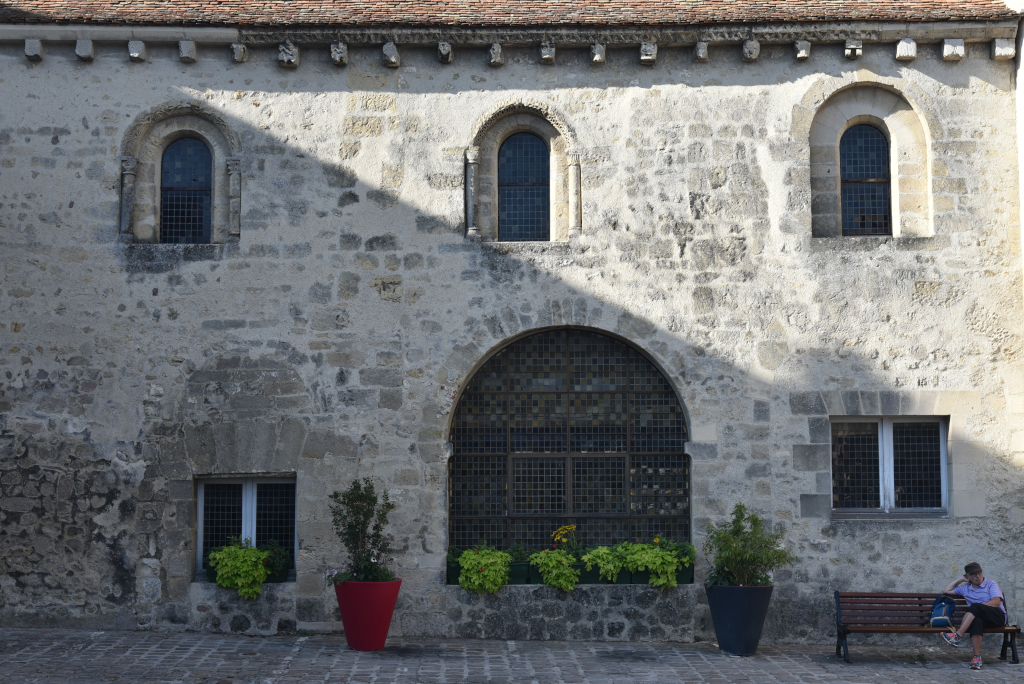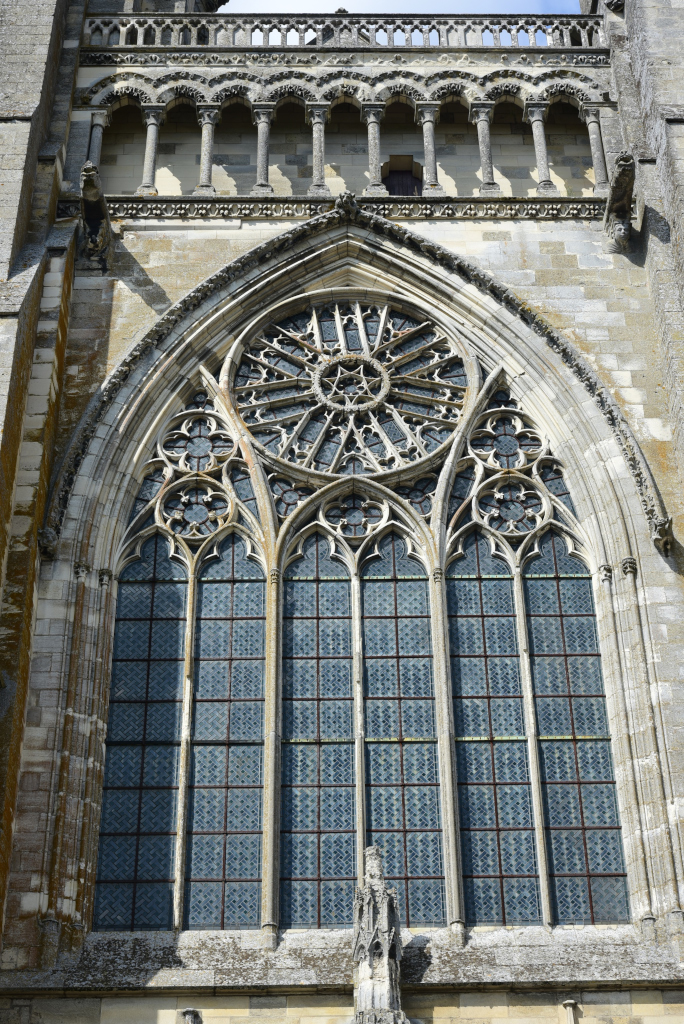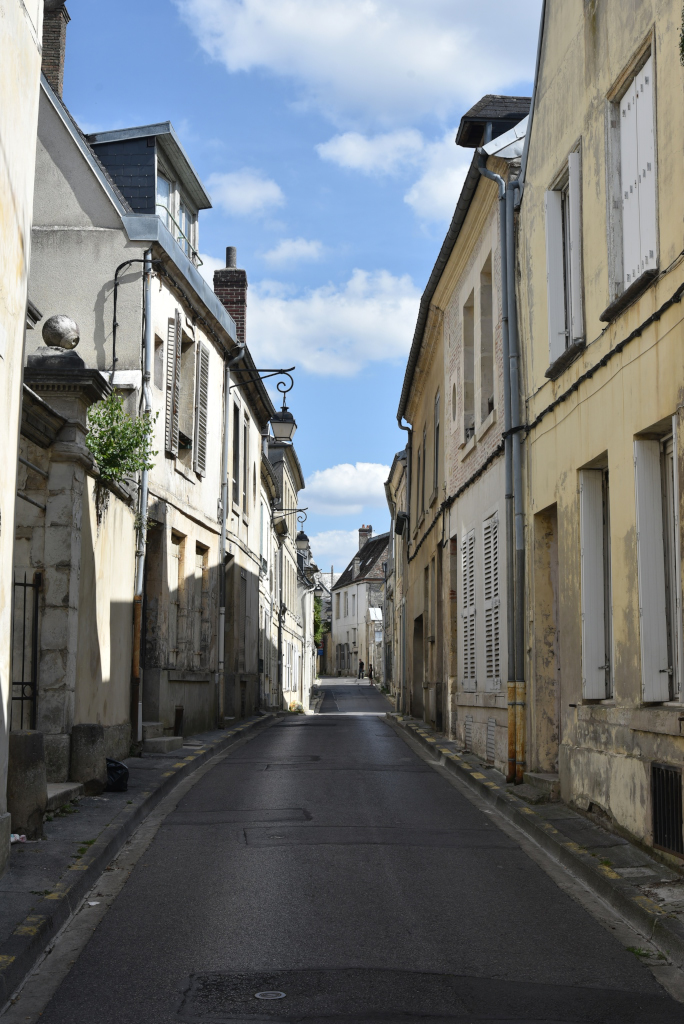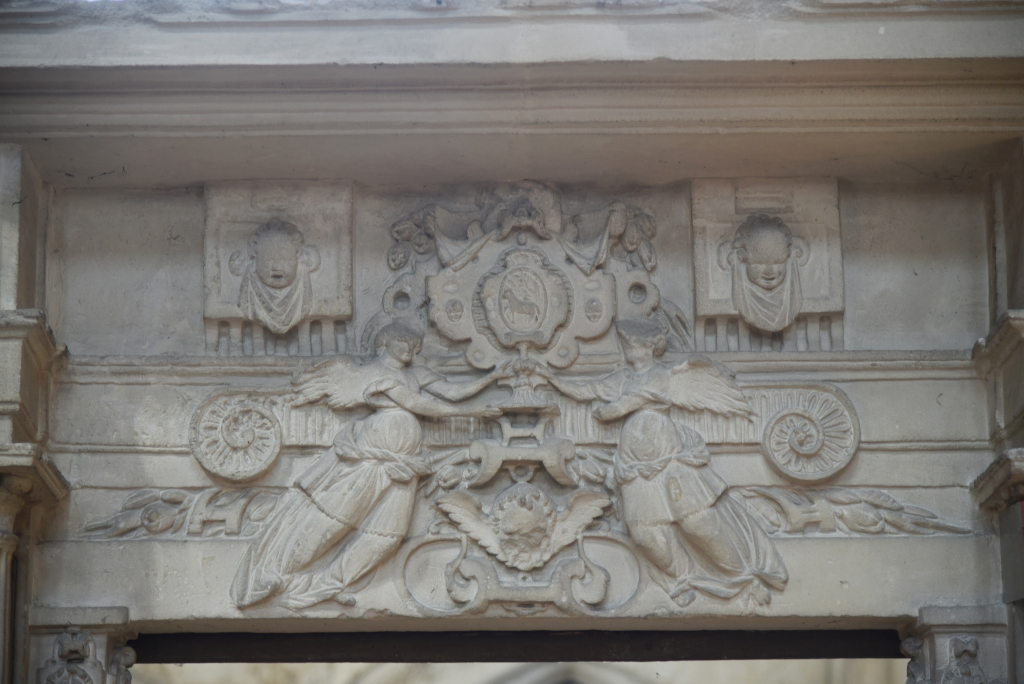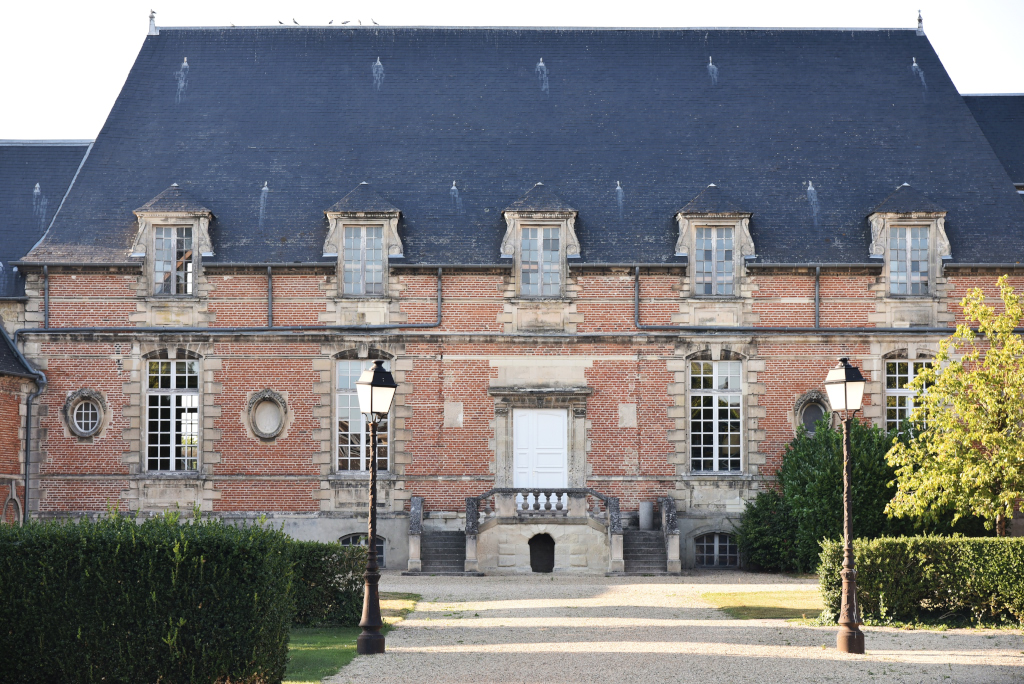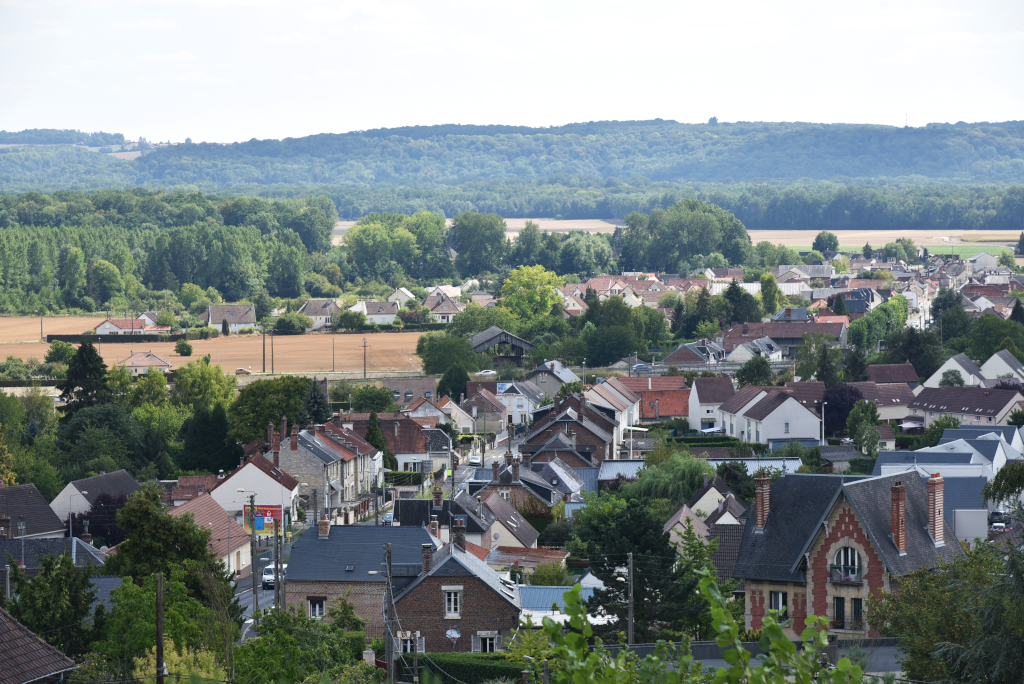August 22, 2018
The ancient town of Laon rises up steeply before me. I make the mistake of walking up the mountain with my heavy day pack in the mounting afternoon heat, then finally arrive at one of the medieval gates, bathed in sweat. The narrow alleys weave upwards towards the stunning cathedral, a jewel of the high Gothic. Unlike its brick-clad brethren to the north, Laon is coated in the pale grey stone, a precious and pristine icon of old France.
Laon is flanked by seven kilometres of ramparts, and contains over eighty listed or classified historical monuments. Laon’s strategic importance was already established in Roman times, at which time the village provided a crucial meeting point between Gallic tribes. Having been fortified by the Romans, the town withstood successive invasions of the Franks, Burgundians, Vandals, Alans and Huns.
Archbishop Remigius of Reims, who baptized Clovis, was born in the Laonnais. He instituted the bishopric of Laon at the end of the 5th century, and hence Laon was one of the principal towns of the kingdom of the Franks. Laon is also located on several ancient pilgrimage routes, including the via Francigena and the Camino Francés (French portion of the Camino de Santiago).
In 1134, the Knights Templars founded a commandery in Laon. Following the order’s dissolution, the commandery was transferred to the order of the Knights of Saint John of Jerusalem (future order of Malta). The octagonal chapel was build in ca. 1140, its central ground plan influenced by Carolingian buildings and the funerary chapel of the benedictine abbey of Saint Vincent of Laon.
Laon was a centre of intellectual life in France in the Middle Ages. Studies included the arts of rhetoric, grammar, dialectic, astronomy, arithmetic, medicine, geometry, architecture, music and philosophy.
After the fall of the Carolingians, Laon took the part of Charles of Lorraine, their heir, and Hugh Capet only succeeded in making himself master of the town by the connivance of the bishop, who, in return for this service, was made second ecclesiastical peer of the kingdom.
In the latter stages of the Hundred Years’ War, Laon was captured by Philip, Duke of Burgundy. He relinquished control of the town to his English allies, who held it until 1429 when it fell to Charles VII of France. The Catholic League used the town as a base during the French Wars of Religion; it was retaken by the former Huguenot Henry IV in August 1594.
Laon permanently lost its rank as a bishopric during the French Revolution. During the campaign of 1814, Napoleon tried in vain to dislodge Blücher and Bülow from it in the Battle of Laon. In 1870, during the Franco-Prussian War, an engineer blew up the powder magazine of the citadel at the moment when the German troops were entering the town. Many lives were lost, and the cathedral and the old episcopal palace were damaged.
Laon’s Gothic cathedral dominates the entire upper town. Built in the 12th and 13th centuries, the cathedral has a harmonious west façade, with doors adorned with sculpted tympanums, and its west towers have unusual life-sized statues of bulls, a reference to an old local legend. Adjoining the cathedral is a 13th-century cloister. The nearby Episcopal Palace (partly 13th century) now houses law courts and has a 12th-century chapel. On the cathedral’s other side lies a 13th-century abbey with a large underground Gothic hall, now a hospital.
The cathedral was built in the transitional Gothic style, with marked Cistercian influences, and served as influence on many other cathedrals in Europe, for example, the south portal influencing Chartres cathedral, the towers and lantern tower that of Lausanne, and the interior the cathedral of Limburg. The cathedral’s dimensions are as follows: length, 110.5 metres, width, 30.65 metres, height, 26 metres (nave vault) and 42 metres (lantern tower), and transepts, 56 metres wide.
The town is rich in other historic structures, including the old bishop’s palace, now the Courthouse, the 12th-century Hôtel-Dieu, the headquarters of the Tourist Office in Laon country, the citadel built on the orders of Henry IV; the Roman Chapel of the Templars, whose walls enclose the tomb of Guillaume de Harcigny, doctor to Charles VI, the Ardon Door, dating from the 13th century, the Soissons portal and leaning tower, the Abbey of St. Martin with its old 12th-century Abbey Church of the Prémontrés, cloister with a medieval garden, and convent buildings, which nowadays are home to the municipal library.
(Narrative excerpted from Wikipedia, www.france-voyage.com and www.britannica.com)

